BLOG
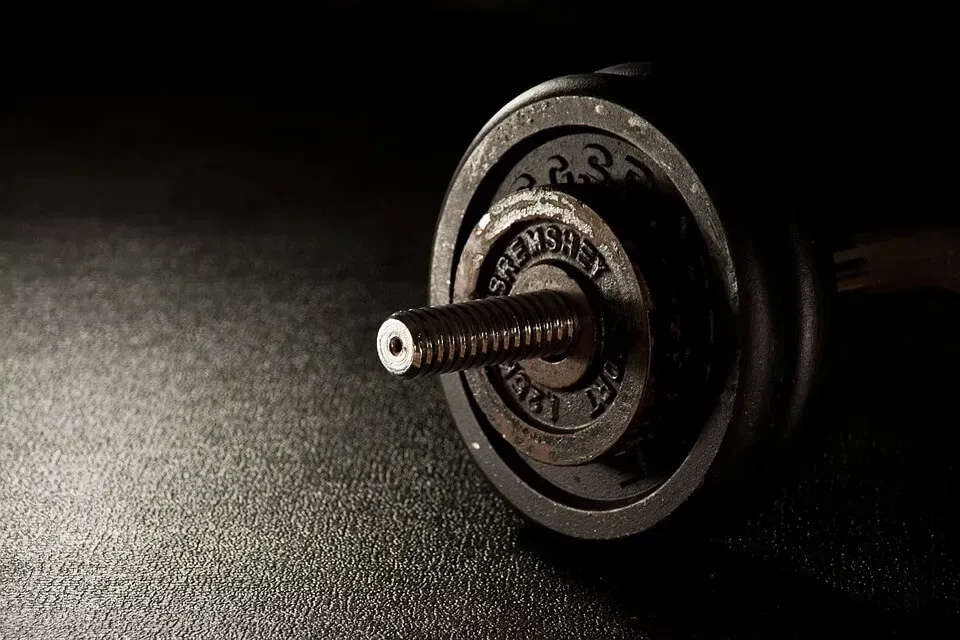
Feeling thrown off by all these long weekends and school holidays and social events? Never fear, we have some tricks to motivate you to get back into the gym! You want to keep to your training schedule. You have the best intentions at the start of every week – but somehow that long term consistency is eluding you. How do we kick start our motivation, and when it starts to fade, hold onto it? Here’s some proven tips and tricks for you to try… Reward yourself If you want to step up your motivation to train consistently, consider dangling a very big carrot in front of yourself – a beautiful handbag, a fancy dinner out, a spa treatment, a nice watch… pick something you’ve wanted for a while. Then set a training schedule (2-4 sessions a week) and at the end of each week if you’ve completed the sessions, put aside some cash for your reward. You can scale this kind of reward up or down – try putting 1 or 2 dollars in a jar after each session and using it to buy yourself lunch after a few weeks, or go all out and book a holiday and use that date as motivation for achieving your fitness goals. Join forces with a friend You’ve heard it time and time again – because it’s true! If you team up with a partner, friend or colleague to hit the gym, you are much more likely to stick to it. You can keep each other accountable, remind each other of why you’re there, and complain about your sore muscles together over a coffee. To make this even more effective, check in with your workout buddy at least once a week to see how they’re doing – lift them up when they’re not feeling it and they’ll do that for you too. Commit to a challenge Committing to a set period of training with specific goals to achieve can help kick start your efforts and get you in the routine of working out regularly. This is a great idea for those who want to keep themselves on track but don’t necessarily have a set idea of exactly what they’d like to focus on with their fitness. Chat to one of our Big 5 coaches aboutour upcoming challenges if you’re keen to get motivated! Working through set tasks as part of a group gives you a sense of community and connection, and establishes an instant support network for any positive changes you’d like to make going forward. Plus, competing against others or as part of a team can make exercise feel more like a game or a social activity rather than something you “have to do”. Remember, to stick to training for the long term, you need to enjoy it! The more you enjoy something, the less it’s going to feel like a chore.
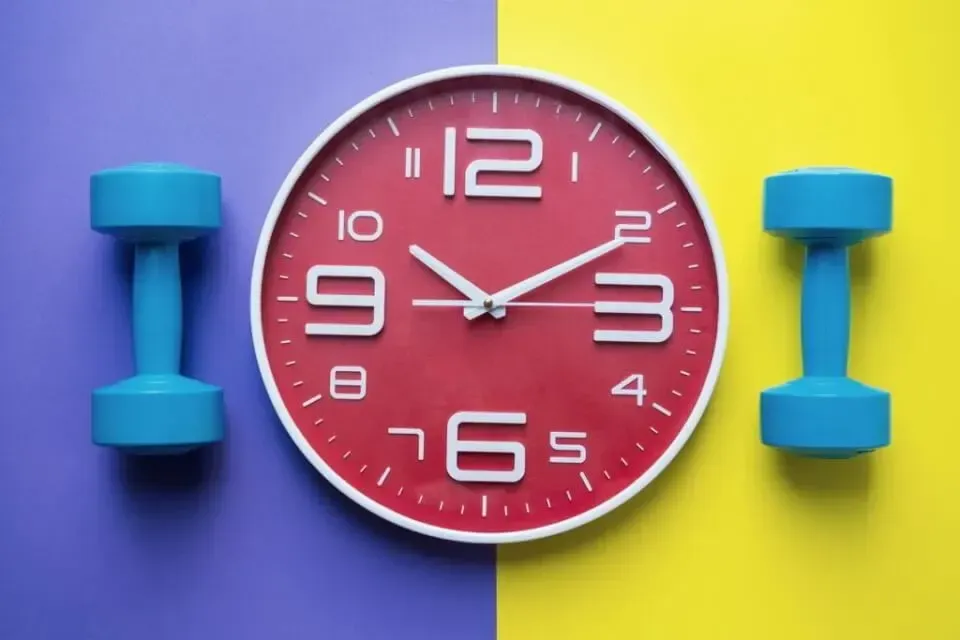
MORNING VS EVENING SESSIONS – WE PUT THEM TO THE TEST It’s an age-old debate… should we exercise in the morning or evening? And does it really make a difference to your results? Research has shown some small differences between morning and evening exercise in terms of performance and the effect exercise has on the body – but are these big enough that we need to overhaul our workout routines? Read on to find out… Benefits of the morning sweat session Whether you bound out of bed excited for your morning workout, or you hit the snooze button several times before dragging yourself to the gym, the affect is the same – you’ve already done your workout before most people are even awake! If you’re currently a morning exerciser, you may be familiar with the huge range of reasons why a morning workout is the best. These include: Better energy and productivity throughout the day Feeling better while training (because you have an empty stomach) It can be easier to stick to consistently long term (which is key to results!) Frees up your evenings for other things Plus research shows morning exercise has a positive effect on metabolism and can aid with weight control. And benefits of the evening workout In the other corner, we have our evening exercisers – those who have soldiered through their days juggling all their responsibilities, and still squeeze in time for their workout. Those of you who are regulars at our evening sessions know how hard it can be to show up sometimes after a long day, but it’s always worth it for how good you feel afterwards. Some other great things about evening exercise include: It helps you walk away from and wind down from work Can help you sleep better Your body is fuelled from eating during the day and ready to perform No early morning alarms! Plus research shows some improved performance in the evening – ideal for weightlifting and intense cardio The verdict Don’t get too caught up in whether morning or evening exercise is “better” – the workout you are actually going to do is far superior to one you intended to do! Work with your natural energy highs and lows to determine which might suit you better – those with higher energy levels in the morning would obviously do better in the morning training sessions, whereas night owls may find the evening sessions better suited. Just get it done!
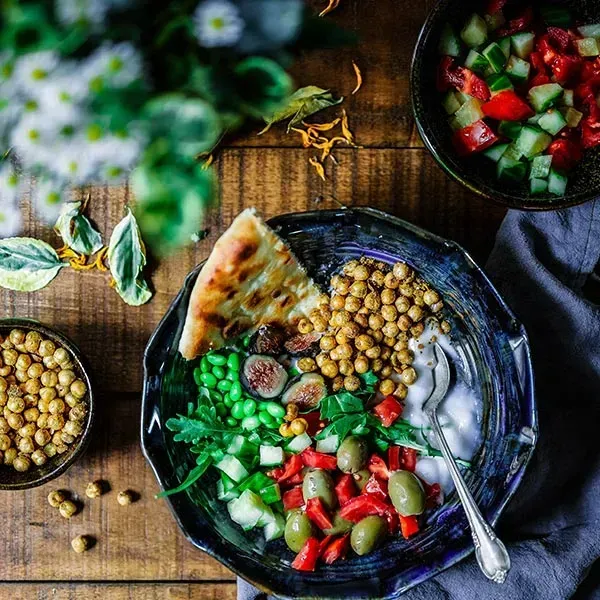
WHY EACH MACRO DESERVES A PLACE ON YOUR PLATE We’ve all demonised one or two macros at some point, convinced it’s the thing holding us back from our goals(hello, low carb diet). But what if we told you that all three were essential? Forget cutting out whole macro groups – it’s about finding the right ratio of the three macros to help you feel good! Read on to find out the important role each macro plays. PROTEIN – THE MUSCLE BUILDER Protein has long been praised for its role in repairing and building muscle. This isn’t just for gym bros – your body needs protein to repair every kind of tissue in the body! Your protein intake needs will be unique depending on gender, age and activity levels (among other things) – aim to include a serving of high protein foods with every meal and snack. Examples include all meats and seafoods, eggs, Greek yoghurt, tofu, tempeh and legumes CARBS – THE ENERGY PROVIDER Carbs are your body’s preferred source of fuel (this is why you get brain fog when you drop your carbs too low!) Carbs are also essential to restoring your depleted muscles after a workout, so don’t forget to add carbs to your post-workout meal. Focus on wholegrain, high fibre and low GI carbs for slow releasing energy. Watch your portion sizes if trying to shift weight – 1 cupped handful is a good reference point to start with! Examples of high carb foods are brown rice, white and sweet potato, wholegrain bread and quinoa. FATS – THE NUTRIENT ABSORBER Fats were demonised for years as the cause of weight gain, but have redeemed themselves as a health hero – they play a big role in hormone health (particularly for women) and in nutrient absorption. Vitamins A, D, E and K can only be properly absorbed by the body when consumed with a source of fat! Again, watch your portion sizes if trying to shift weight as fats have a lot of calories. 1-2 tablespoons per meal is a good reference point if you’re not sure of portion sizes. Examples of dietary fats include cooking oils, nuts, seeds, avocado, cheese and other dairy items like whole milk and yoghurt.
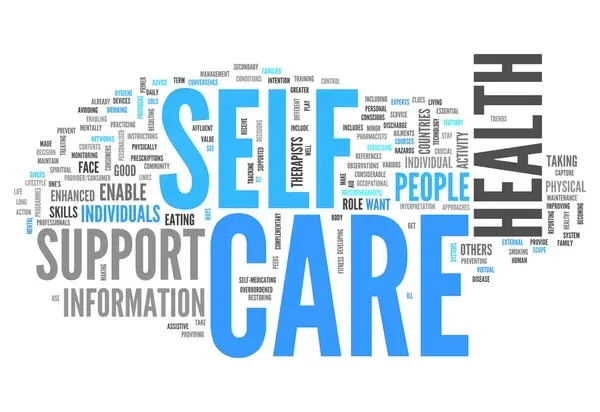
SELF CARE, OR SELF SABOTAGE? Had a bad day? Netflix, wine and takeaway on the couch is just what the doctor ordered. Go on, it’s just practising good self-care! Or is it? When does treating yourself just turn into self-sabotage in disguise? And how do we tell the difference? SELF CARE activities: Help us move towards the life we want to lead keep our bodies and minds healthy and happy are consciously chosen with long term affects in mind can include simple things like taking a short break from work to walk around the block, pausing to take a few deep breaths, cooking a healthy meal for yourself, carving out time for your training and asking others for help with tasks at work or home SABOTAGE behaviours: Reinforce damaging behaviours prevent us from moving forward possibly send us into a spiral are often impulsive, chosen for instant gratification/to numb feelings can include things like binge eating, socially isolating yourself, procrastinating important tasks As with everything in life, moderation is key. Sometimes you’re going to need to skip a workout, order takeaway, eat a heap of ice cream or chocolate and down a bottle of wine in the name of self soothing. But understanding that this can’t be your only coping mechanism is key to embracing healthier forms of self-care. Its less about WHAT you’re doing and more about WHY you’re doing it – for example, you may reach for a block of chocolate when you’re feeling stressed. But will that actually change anything? Does that actually make you feel better in any way? All of us experience feelings like this – the aim is not to eradicate the feelings, just to balance our approach to self-care with those that nourish our soul, body and mind.
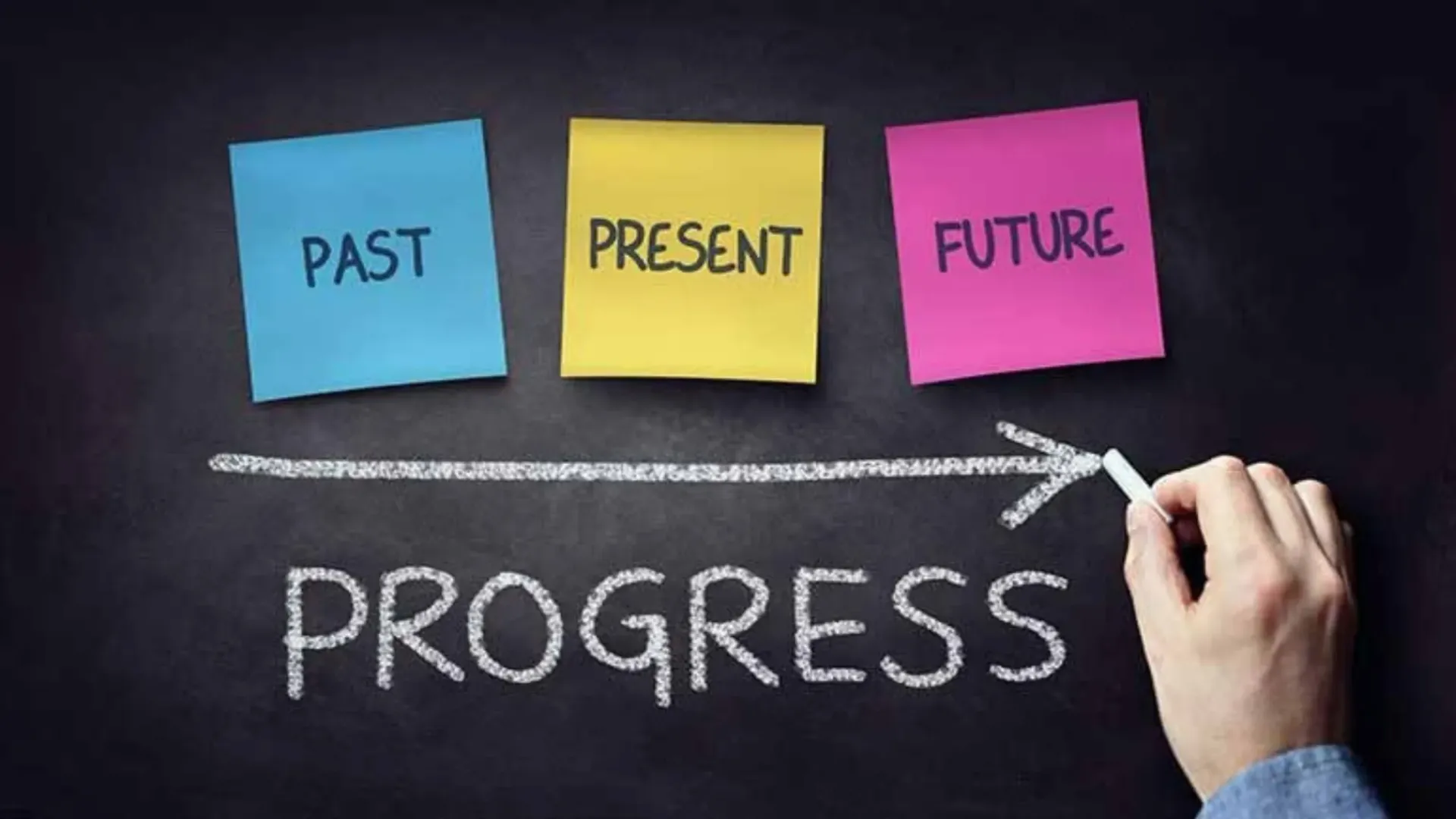
WHAT REALLY DEFINES PROGRESS? In the fitness world, we can get caught up in numbers. “What’s your body fat percentage?” “How much can you squat?” “How many kilos did you lose during the challenge?” While a lot of us walk into the gym with the aim of changing some of these numbers, focussing purely on this can take up a lot of mental energy and focus (and can distract you from the other amazing things you’ve achieved!). So how can we refocus and measure our progress outside of what we weigh or what the bar weighs? First things first – acknowledge that your results may not look or feel how you think they should. We’ve been conditioned to think weight loss = the reason we exercise, but that’s only one of the potential outcomes of regular training. Try thinking about these other progress measurements: Increased energy and lower stress levels – this is a widely reported positive side effect of exercise. Don’t underestimate how much this can impact your day to day functioning! Improved health markers like healthy blood pressure and cholesterol – it goes without saying that exercise(even if your weight or measurements don’t change!) improves your health on so many levels and can even reduce your reliance on certain medications. Fitting into a different clothing size OR fitting your current size differently – we all know the feeling of noticing how our clothes feel less snug in some places (and more snug in others!) Feeling good in general – less aches and pains, more mobility, less puffed walking up stairs, can keep up with the kids, can carry all the groceries inside in one go, can move furniture easily. Enhanced skills and technique – you may have noticed your technique feeling better during your sessions, or activities outside the gym feeling easier All of this can translate into increased confidence and resilience – both inside and outside of the gym! Keep training, keep moving, you are always making progress!
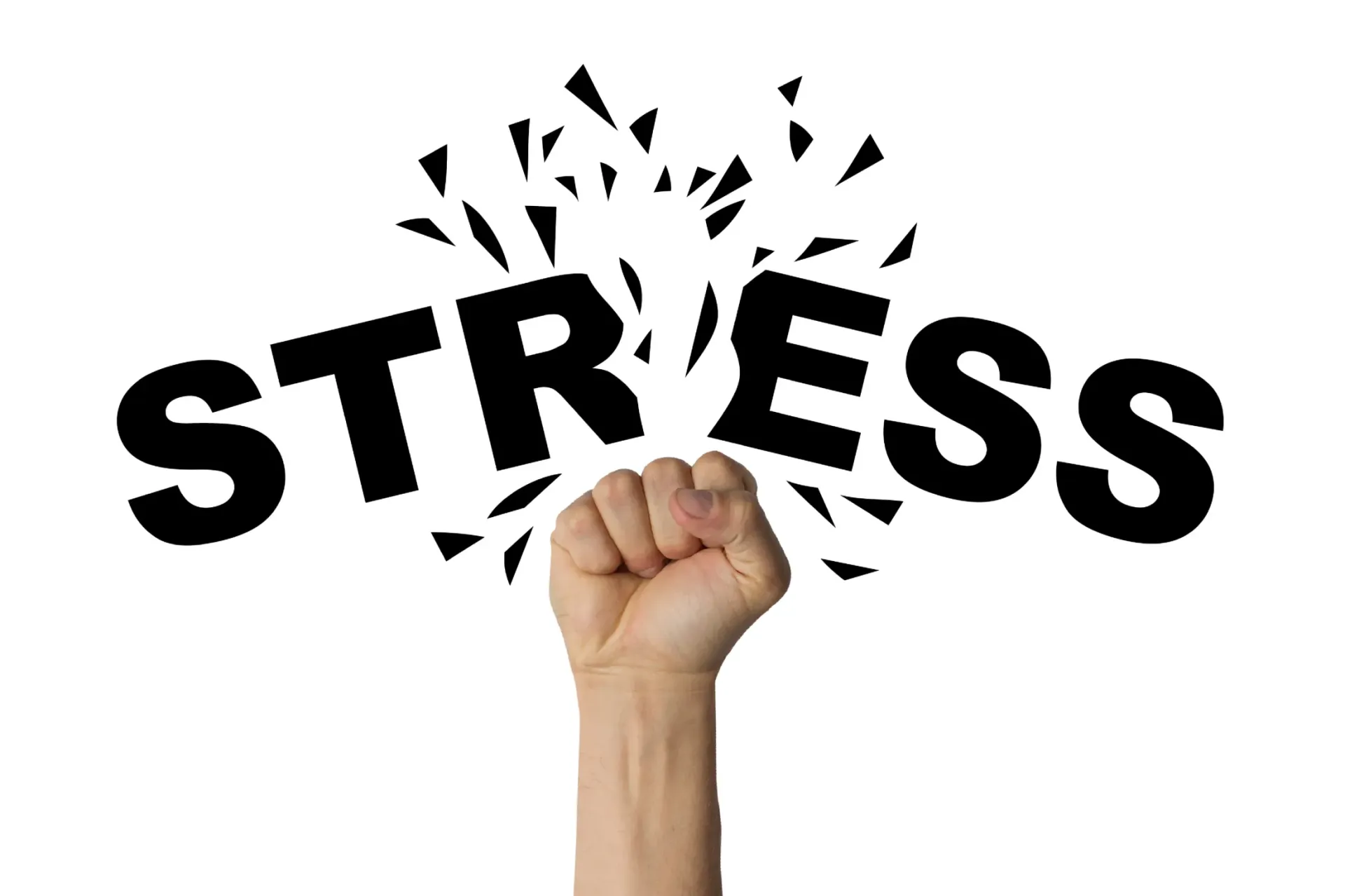
ARE YOUR STRESS LEVELS SABOTAGING YOUR FITNESS RESULTS? You’re training regularly, you’ve adjusted your nutrition habits, dialled back the booze and increased your daily step count… and nothing. Nothing’s happening. What gives? If you’ve been ticking all the boxes without seeing results, here’s something worth investigating – your stress levels. Stress is something we all live with and cannot be completely avoided. However, with the fast-paced nature of our modern lives (hello full time work, hectic kids schedules, multiple social media platforms pinging with notifications, 24/7 news cycle and being contactable every minute of the day!) many of us are existing in a constant state of stress. While stress can propel us to get things done, it also elevates our cortisol levels. Cortisol is a hormone that drives our flight or fight response, which is very handy when facing an actual threat, but not so handy when just going about our day to day business. Fight or flight mode hits pause on bodily functions like digestion and slows your metabolism. It can also impact appetite and sleep, and drive cravings for salty and sweet foods – all of this adds up to your body being unable to repair/build muscle or lose fat efficiently! So how do we take control of cortisol? Avoid these cortisol spiking activities: using stimulants like caffeine (coffee, energy drinks) to keep yourself going – and using depressants (alcohol) to wind down multi-tasking (at work and also while “relaxing” like scrolling social media while watching Netflix) skipping meals, eating on the go. And try adding these stress management activities: deep breathing exercises (just 5mins a day can make a difference) low impact movement like walking, stretching time blocking your schedule, cancelling extra activities or delegating tasks to others.

HOW TO MAKE (AND BREAK) HABITS You want to stop snacking after dinner. Or maybe you want to start heading to the gym four times a week instead of two, or reduce the time you spend scrolling on social media. All of these are awesome goals that will bring you towards a healthier and happier you, but it’s easier said than done! As fitness coaches we’ve supported hundreds of people in their health journey – so here’s our tips for making a new habit (or breaking an old one)… Make bad habits invisible/difficult and the good habits easier We live in an age of convenience and it’s killing us. Make unhealthy choices less convenient – keep treat foods out of the house (or at least out of sight), and delete your food ordering app. Take the next step by making healthy choices the obvious ones – meal prep some tasty and healthy lunches, leave fresh fruit out for everyone to see (and chop it up!), lay out your workout clothes ready for your next session or upgrade to a sit/stand desk at work. Get your support network on board If you’re going to succeed with making changes, the important people in your life need to be on board. This may include your family, friends or colleagues. Once you’ve told them what you’re doing and why, give them permission to give you a nudge or reminder (and allow them to action it when/if the occasion arises!) Accept from the outset that you may not execute things perfectly Slip ups happen, it’s part of the journey. Accept what happened, have a think about what lead up to it, take steps to prevent it from happening again and move on. Check your goal is realistic – don’t be afraid to adjust If you’ve eaten takeaway for lunch every day for the past ten years, suddenly stopping cold turkey and bringing your lunch into work every day is going to be a very big ask. It’s a great goal, but to avoid feelings of overwhelm remember you can move the goalposts. In this case, a good first step may be bringing your lunch 2 times a week. Don’t forget it’s a long term game – you have to play things in a sustainable way.
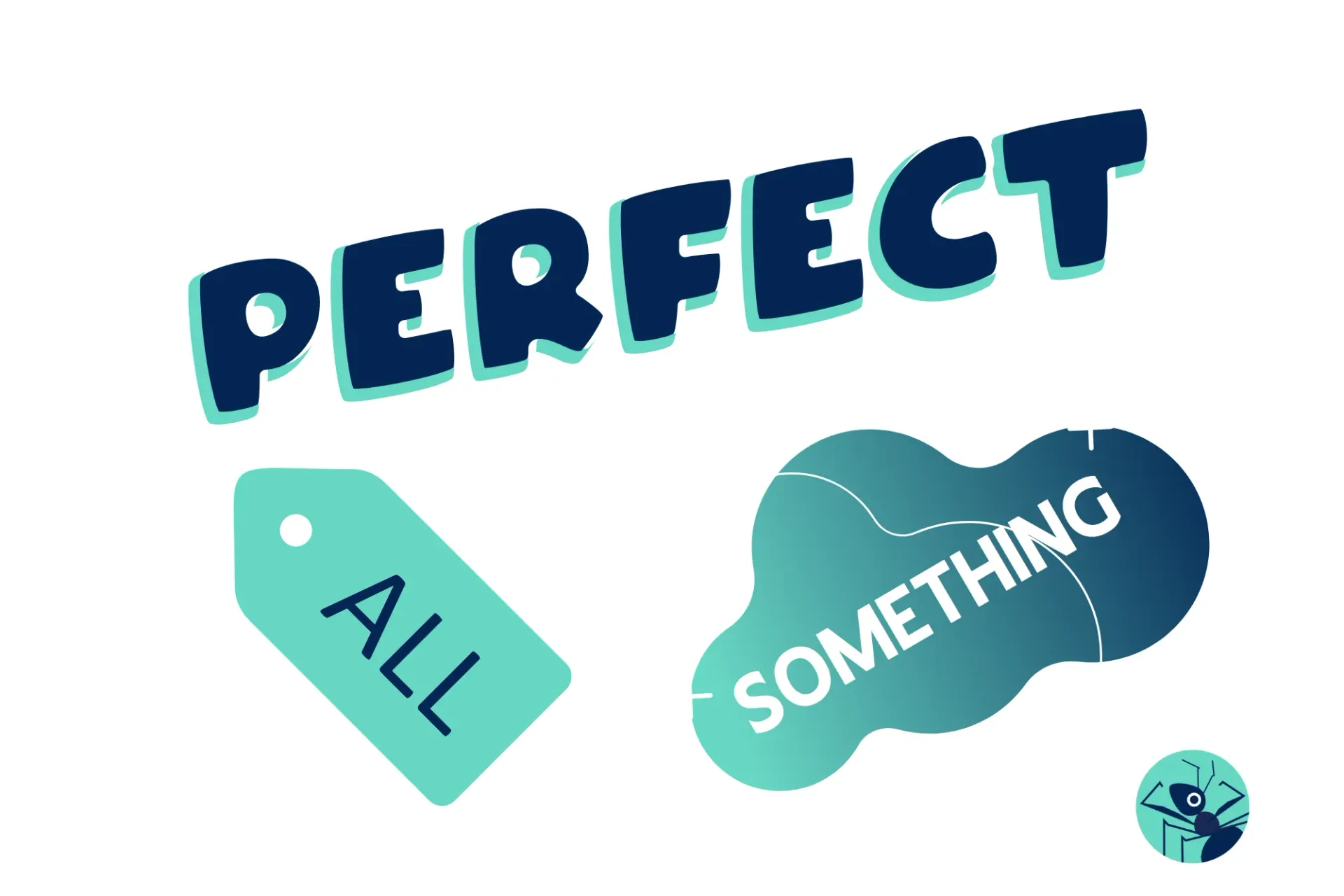
SWAP ALL OR NOTHING FOR ALL OR SOMETHING You’ve heard of the term “all or nothing mindset” – but do you know if you are currently stuck in it? All or nothing thinking is often what stands in the way of us reaching our fitness and health goals. Read on to find out how to identify it, and how you can turn that mindset into “all or something”! Firstly, here are the two most common ways an all or nothing mindset presents in fitness and nutrition: alternating periods of “being good” and being off track – lots of people are stuck in a cycle of severely restricting their food intake and exercising religiously during the week, followed by a big food blowout on the weekend and very little physical activity. This often leaves us with nothing to show in terms of results because they are cancelling each other out. letting one slip up turn into binge eating, or missing one workout and writing off the entire week – another way we sabotage ourselves is with trying to do everything perfectly, and allowing anything that isn’t quite right to spiral into something more. Does one or both of those things sound familiar? By taking steps to reject all or nothing thinking and embrace “all or something”, you canbring yourself closer to achieving your goals! introduce some treat foods into the week, and bring some healthy foods into the weekend – moderation is the opposite of all or nothing thinking. Rather than forbidding anything enjoyable during the week, bring in a mid-week dessert (or something else you like!). Balance this by bringing some of your healthy habits into the weekend – a workout or a walk, an alcohol free day or a healthy breakfast or lunch at home set yourself a range to work within for training – rather than setting yourself the goal of 4 sessions a week, give yourself a range of 3-5 sessions. This way you’re always going to get something done, rather than declaring the whole week a failure after missing one or two sessions – remember that even one session is better than nothing. just do something! Even when everything feels completely disastrous or out of your control, do something that tips the scales in the right direction. Had too much to drink? Have a glass of water. Feel like you’ve eaten too much today, or eaten “badly”? Make your next meal nutritious (fill your plate with fresh veggies and lean protein). Can’t get to the gym? Go for a walk, have a quick stretch in your living room, play with the kids or get out in the garden. It all counts! remember that it’s not about being perfect – it’s about doing the best you can and looking for ways in which you can improve. Putting all or something into practise takes time so be kind to yourself while you work at it!
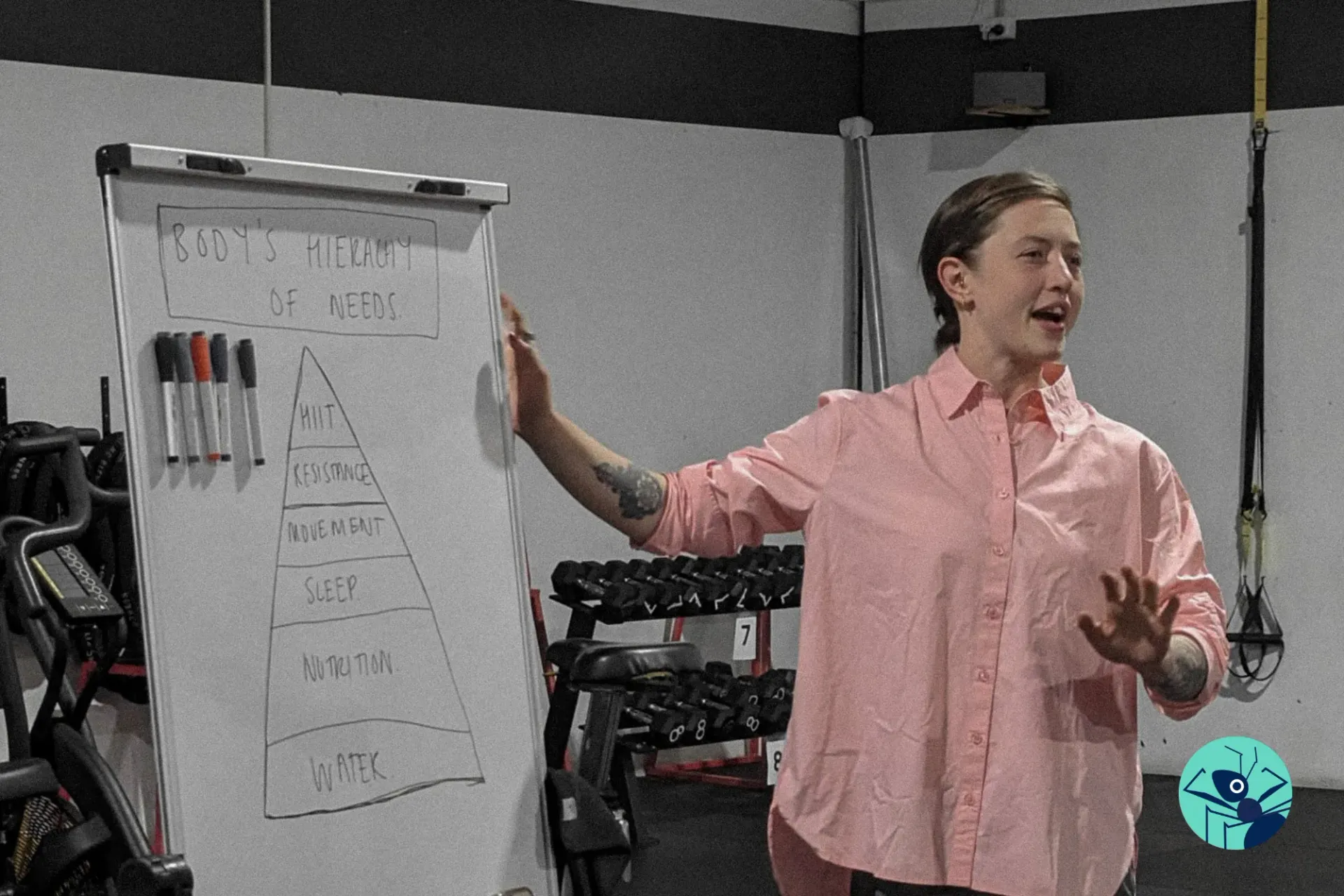
MAXMISE YOUR PERFORMANCE WITH THESE PRE AND POST WORKOUT TIPS! If you’re not feeling your best during or after your training session, you may be missing something crucial in your pre or post workout routine. Things like indigestion during your workout, feeling low in energy or feeling dizzy/nauseous, or not gaining muscle or losing fat (even if you’re consistent with food and training) are all signs that you may need to adjust your approach. Here’s our tips for prepping for your workout and recovering after: PRE-WORKOUT Sleep well the night before How you sleep the night before impacts everything from your mood, energy and concentration levels, and can trigger stronger cravings for energy dense foods. It also impacts your performance during your training session if you’ve slept badly the night before! Aim for an average of 7-9 hours every night. Eat something (but not too close to your workout!) For late morning and evening classes – have a carbohydrate based snack 1 hours before your session, or a meal 3 hours before. For early morning classes – grab something small like half a banana about half an hour before your session so you’re not training on empty. Training fasted will only wreck havoc on your hormones (especially if you’re female) and won’t give you any fat loss benefits. It also may decrease your performance in both cardio and strength work. Hydrate For the early morning sessions – have a glass of water when you wake up and sip more water slowly throughout your session. For mid-morning and evening sessions – hydrate sufficiently throughout the day (2 litres over the course of the entire day is a good guideline for most of us). POST-WORKOUT Re-fuel your body As soon as possible after working out, eat something! If a meal isn’t possible, having a small snack ready to go will keep you going until you can have a proper meal . Include carbohydrates and protein for re-fuelling and repairing muscles. Re-hydrate While sports drinks like Gatorade are marketed to active people, these drinks are not necessary for workouts under an hour long – eating nutritious food and drinking enough water over the day should do the job for us non-athletes. Stick with water, and definitely avoid alcohol if you want to maximise your recovery! Rest and recover Between workouts, there’s plenty you can do to help your recovery along. Try foam rolling or stretching at home, or you could get a remedial massage from Glenn upstairs. Heading out for a easy walk can also be helpful for easing sore muscles.
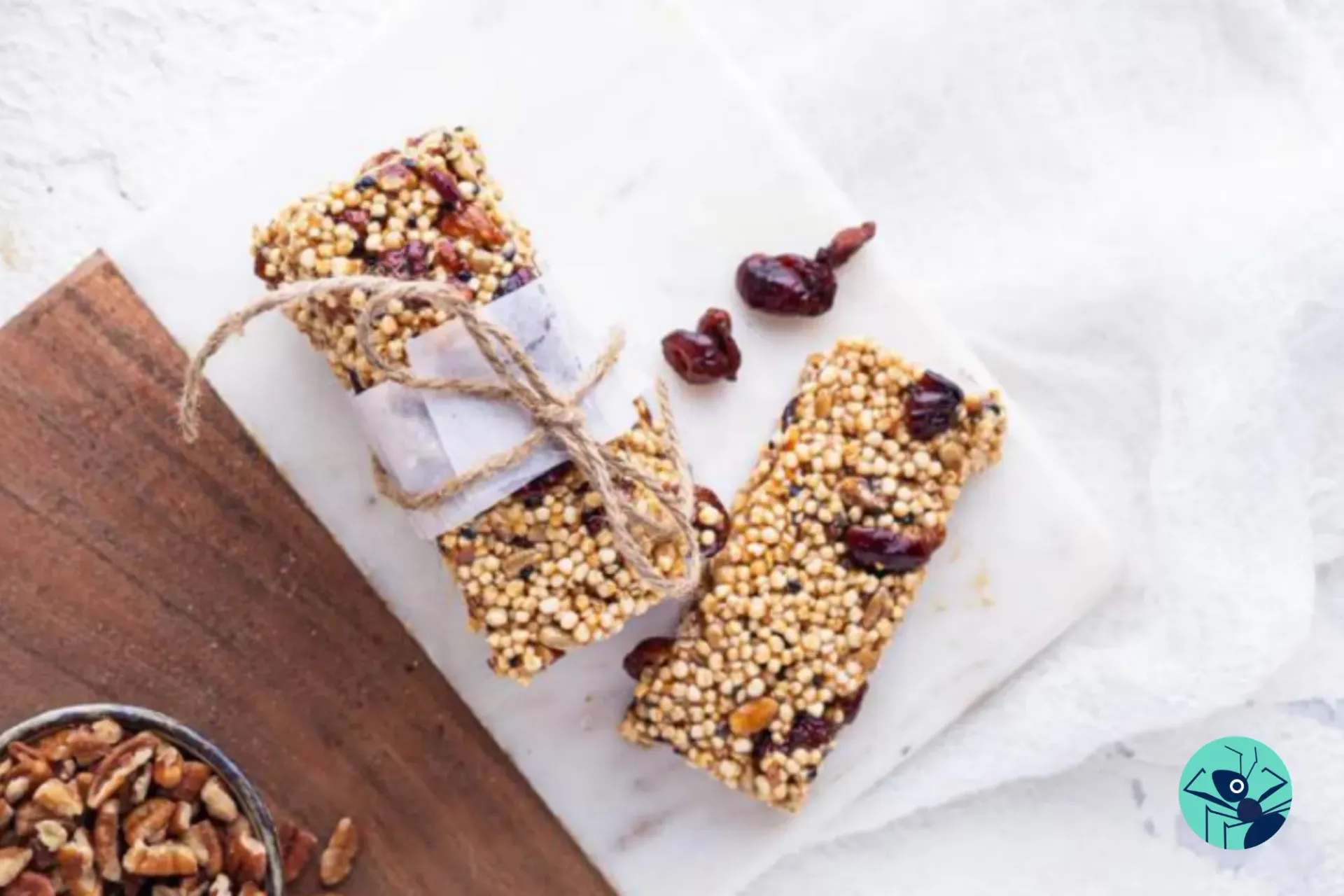
SNACKING – WHERE IT GOES WRONG… AND WHAT TO DO ABOUT IT! One of the most common goals you guys set in our recent habit challenge was to stop snacking. But the thing is, snacking in itself is not bad – in fact, it can help your energy levels stay stable throughout the day, help you manage cravings and assist you in hitting those daily nutrition targets. Why snacking has a bad reputation is because so many of our snacks aren’t supporting our goals. Read on to find out the biggest mistakes people make when snacking, and some balanced snack options for you to try! The most common snacking errors include: thinking all snacking is “bad” – as above, snacking can be a fantastic tool when used to manage hunger levels between meals. Most of us need fuel every 3-4 hours, so if your next meal is further away than that, a snack is in order. The key with snacking is using them when you’re hungry… not bored (after dinner snacking, looking at you)! not planning/preparing them – we plan meals, but often forget about our snacks. This means we end up grabbing whatever is available when hunger strikes, which is often a nutrient devoid option like biscuits, chocolate or chips. not balancing them – just because its not a meal, it doesn’t mean your snack shouldn’t be thought out and balanced like a meal. A handful of almonds or a single piece of fruit is not going to keep you full for very long at all. Think about combining at least two of the three macronutrients in your snack to make it more filling and nutrient dense (protein, healthy fat, carbs). making them too small – a Tim Tam, a coffee, a handful of random biscuits… again, these things just aren’t going to properly satisfy (especially if your next proper meal is several hours away!) So now we know what not to do… here’s some balanced snack options for you to try! Grab and go options (no prep required): low sugar muesli bar (Carmen’s fruit free is a tasty option!) with a small tub of Chobani plain light Greek yoghurt a piece of fresh fruit and tablespoon of peanut butter (100% peanuts) sliced light tasty cheese(2-3 slices), Vita Weets or seeded crackers, cherry tomatoes veggie sticks (carrot, cucumber, capsicum) and 2 tablespoons hummus Quick and easy prep options: smoothie with fresh/frozen fruit, light milk, greek yoghurt and chia seeds muffin tin frittatas with ham, cheese, spinach and tomato protein shake with water or milk
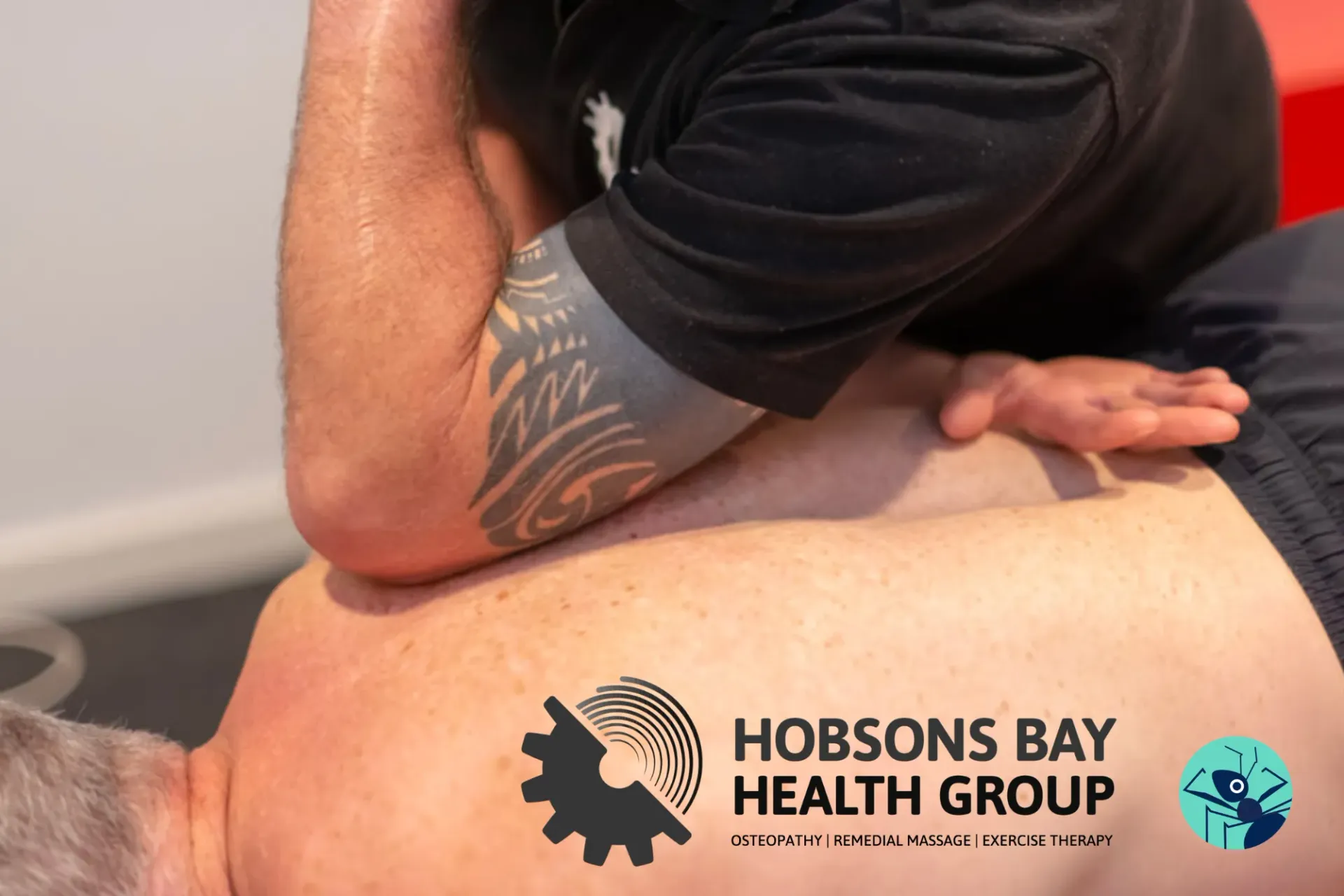
ARE YOU MISSING OUT ON THE BENEFITS OF REMEDIAL MASSAGE? We tend to look at massage as some kind of luxury item. Something you do once in a blue moon as a treat, or something to enjoy while you’re away on holidays. But remedial massage can be a very useful tool for easing reoccurring aches and pains, preventing and managing injuries and soothing tension and stress in your body. You book in your car for regular services, so why wouldn’t you do the same for your body? Your car is replaceable, your body is not. Here are our top reasons why remedial massage is a fantastic tool to add to your recovery toolbox: Aids in training recovery Sore, tight muscles after a hard week of training? Remedial massage will help loosen everything up, plus by encouraging blood flow to your muscles, it can improve your recovery times after training. Helps manage chronic injuries, aches and health conditions Conditions such as tennis elbow, chronic back or neck pain, nerve compression and muscle related knee pain can benefit greatly from massage therapy. You can also book a remedial massage if you are not entirely sure what is causing your pain – remedial massage therapists are qualified to help identify the root cause of pain and commence treatment. Reduces stress levels We’re all holding a bit of tension through our shoulders, back and neck – remedial massage can help relieve this stiffness immediately during treatment. Regular massages can help reduce stiffness and tightness over time, reducing your daily pain and discomfort. Awesome! We’re lucky enough to have our very own remedial massage therapist, Glenn Kinder, upstairs at ANT! Glenn even offers discounts for ANT members – how good is that? Book online now at hobsonsbayhealthgroup.com.au
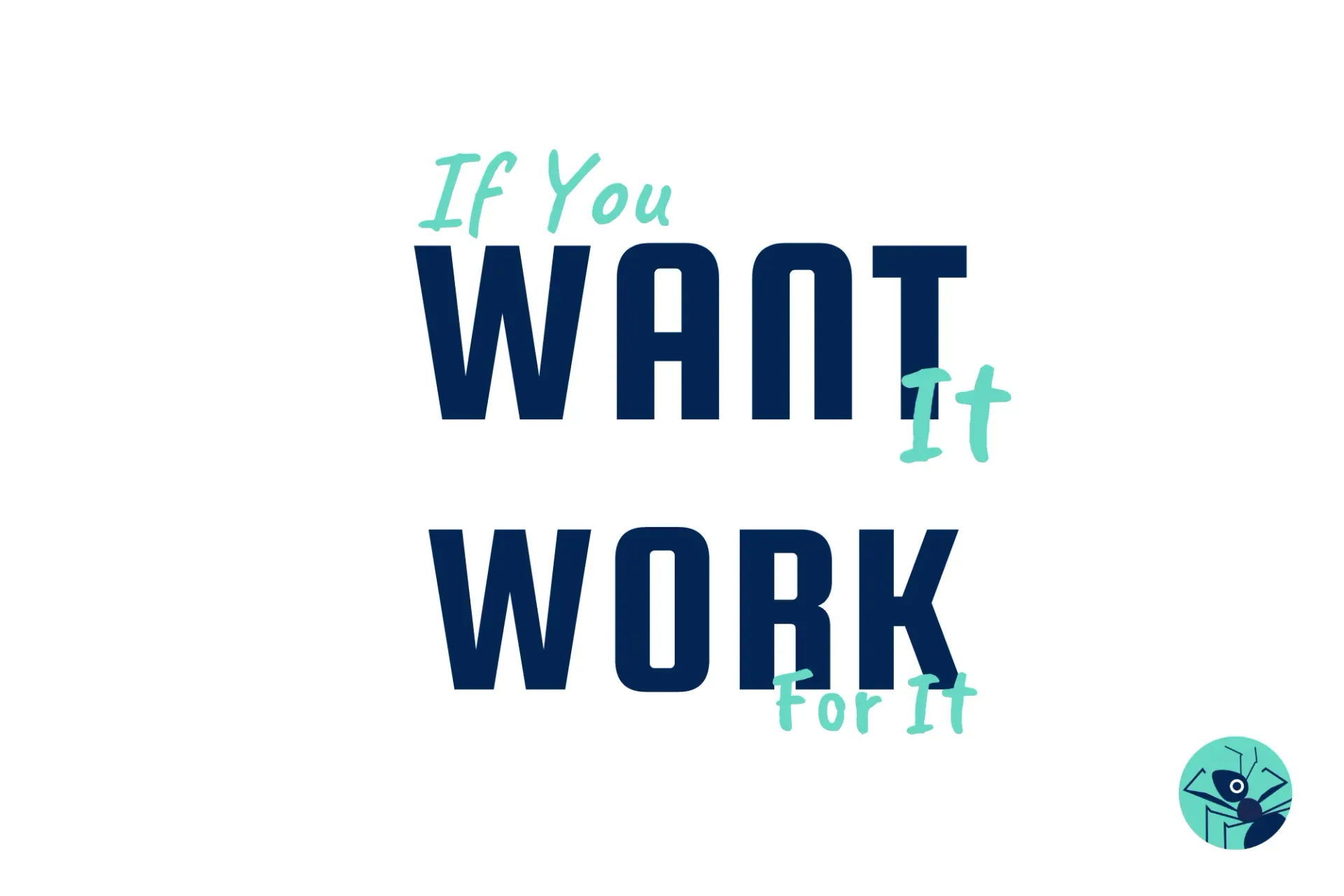
THE HUMAN BRAIN LOVES A CHALLENGE, BUT ONLY IF IT IS WITHIN AN OPTIMAL ZONE OF DIFFICULTY. Coined by James Clear in his book ‘Atomic Habits’, the Goldilocks Rule stipulates that we experience peak motivation when we work on goals that are right at the edge of our ability. Not too hard. Not too easy. Just right. It’s all about finding that sweet spot of difficulty with our training to keep us striving but not so hard we give up entirely. And the Goldilocks Rule is not only great for pushing us just beyond our current capacity, but it also makes us happier. Blending peak performance and happiness puts us into what is known as ‘flow’, or ‘the zone’. It creates an intense focus that allows you to focus on the task at hand. You’ve likely experienced this at some point in your own training. It feels just the right amount of challenging and it actually makes you happy! Funny that! To reach peak performance, you need to do 2 things: Work on challenges at the right degree of difficulty, and Measure your progress by getting immediate feedback This feedback can come from a coach or from asking yourself in the moment whether the work is difficult enough or too difficult. Think about the Goldilocks Rule the next time you train – especially if motivation is an issue!
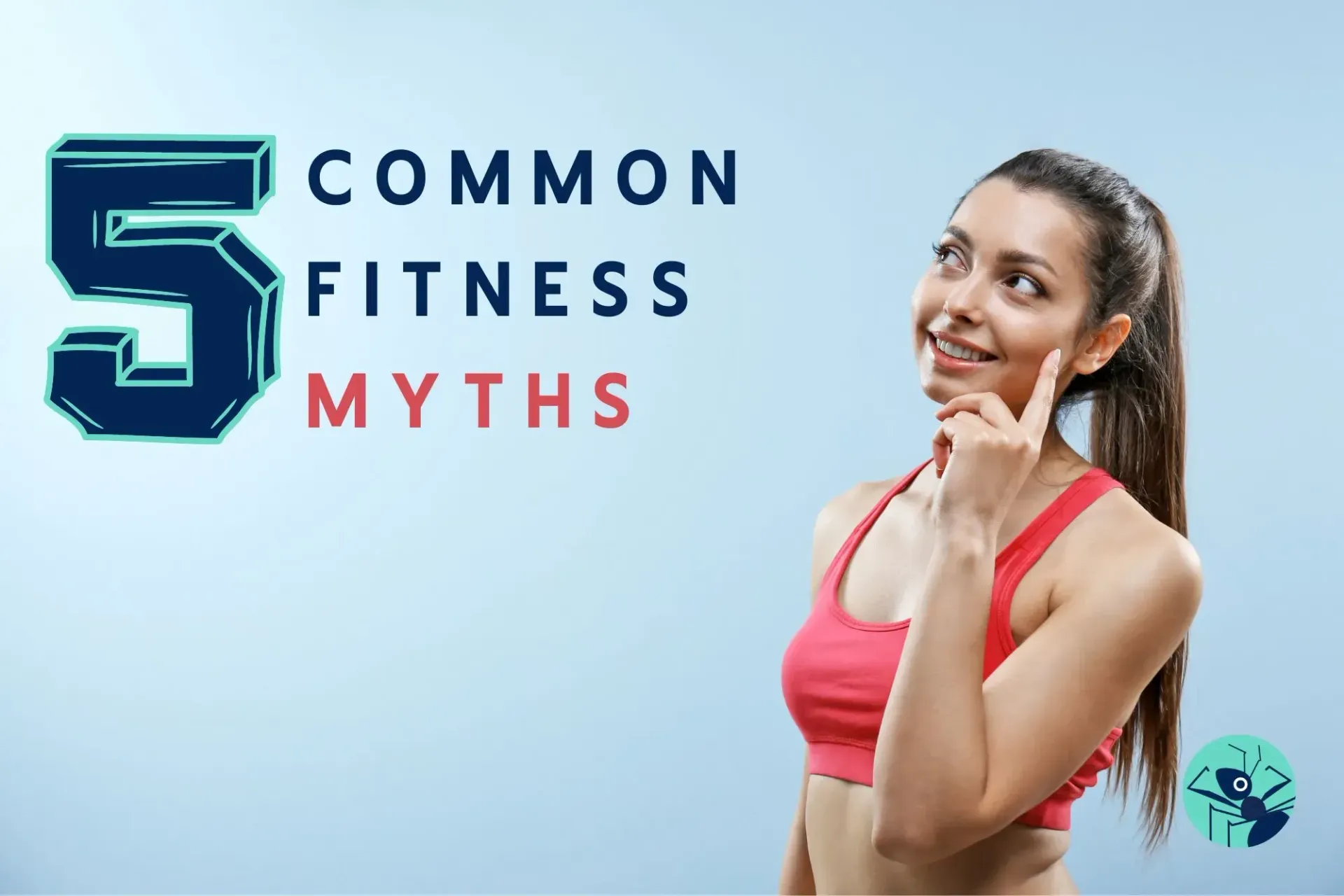
How many of these do you believe? Myth 1: Exercise has to be high intensity to “count” We all want to get the most out of our sessions – but you don’t have to smash yourself every single time! It’s more beneficial to balance your high intensity sessions with lower intensity workouts so you can give your body time to recover from intense sessions. Even though it’s good for you, exercise is still a form of stress on the body, so if you constantly work at a high intensity you can put yourself at risk of burnout or injury. Try slowing down your reps, using a heavier weight, or even adding some walking, swimming or stretching into your week to balance out your high intensity sessions. Myth 2: To be healthy, you have to cut carbs Put potatoes, bread, rice and pasta back on the shopping list! Your body needs carbs to function optimally. The misunderstanding around carbs is more to do with the quantity and type of carbs consumed. Most of your carb intake should come from high fibre types like wholegrain bread, brown rice and sweet potato (rather than muffins, hot chips, processed white bread). Experiment a little and find the right amount and types of carbs that work for you – some people have a high carb tolerance while others have a lower tolerance. Myth 3: Cardio is best for weight loss Step away from the treadmill – it’s a combination of strength and cardio that will help you achieve your weight loss goals! Basically, the more muscle mass you have, the more energy you will burn at rest, helping you get into that calorie deficit needed for weight loss. Endless cardio also won’t give you the “toned” look most of us seek – that only comes from strength training. Myth 4: More exercise is always better Like with anything, moderation is key. Current weekly recommendations for an adult are 5 hours of moderate intensity or 2.5 hours of high intensity exercise – so if you’re clocking up hours and hours of exercise each day, your body may benefit from some more rest. Obviously professional athletes complete more exercise than this – however they are surrounded by professionals who guide their recovery, food intake and manage injuries (and are paid!). Don’t run yourself into the ground! Myth 5: You have to hit 10,000 steps a day It’s true, you can reduce your risk of many health conditions by increasing your step count – however 10,000 steps is actually a marketing gimmick that has no science behind it. Research has linked health improvements to 7,500 steps a day! Obviously if you’re trying to lose weight it helps a lot to keep your step count higher, but if you’re looking at it purely from a health perspective, keeping yourself consistently around that 7,500 steps a day mark will do the trick.
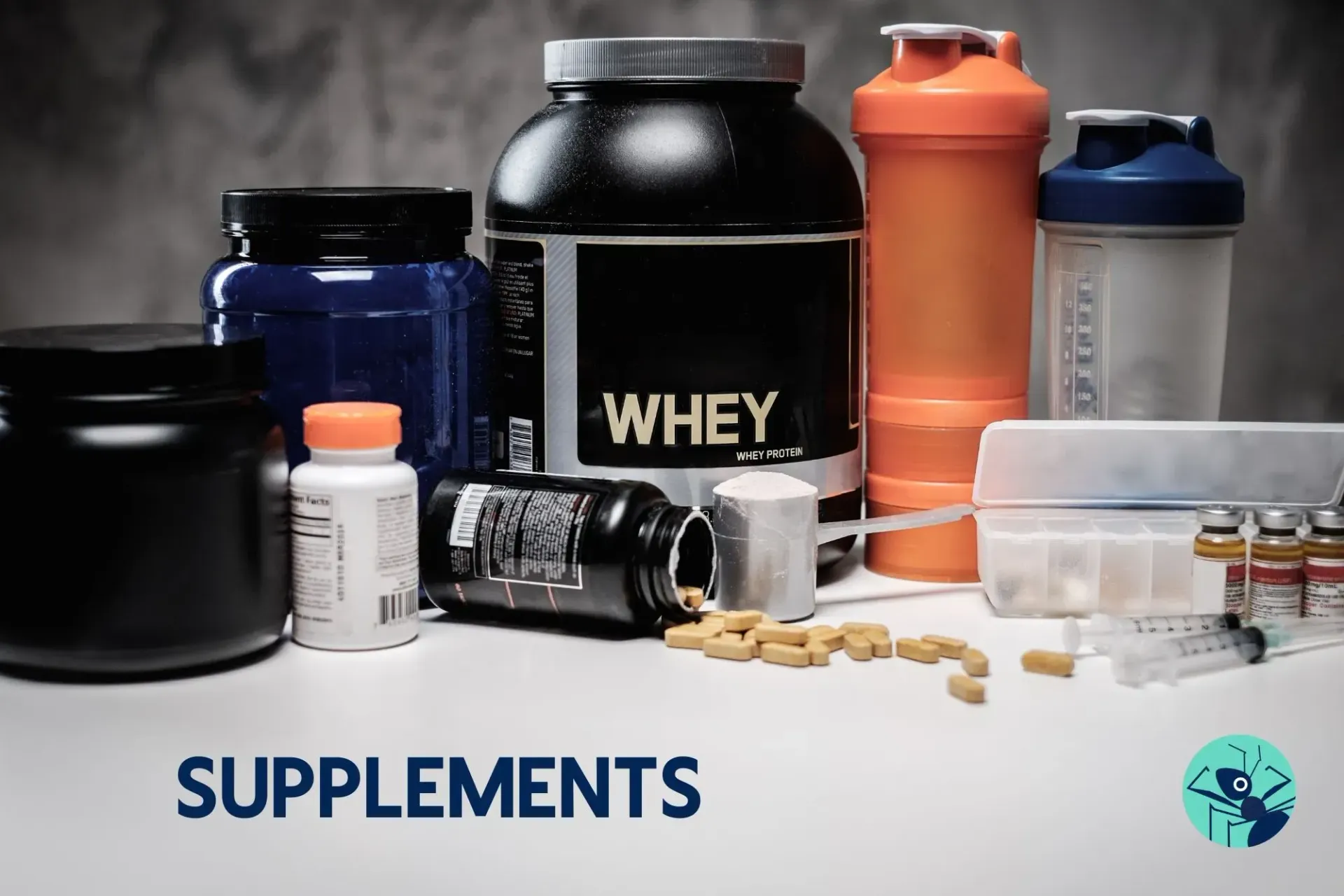
Let’s chat about the most popular fitness supplements We all love the thought that we can take a pill or a potion and it will magically solve our problems. Unfortunately, this is not usually the case when it comes to supplements. In saying that, used carefully and intelligently, supplements can support a healthy lifestyle. One thing to remember is that supplements are not regulated and can be sold without proving that they actually work. Let’s look at a few common supplements now: Pre-workout These caffeine filled supplements give you a serious buzz. While they help with a really tough workout, some people can feel the effects for hours afterwards (goodbye, good night’s sleep). They can also be expensive – for anyone on the hunt for a cheaper alternative, a strong black coffee can provide the caffeine boost you need. Protein powders Protein powders are perfect if you run straight from the gym to work without getting in a decent feed, or if you struggle to eat enough protein. However, most adults get enough protein without using powders, and consuming more protein isn’t necessarily better. A great use for protein powder is to add protein to a meal that usually wouldn’t have any (like a smoothie), making it more filling and satisfying. Magnesium Usually used to ease muscle soreness, magnesium supplements come in many different forms including pills, sprays or bath salts. If you are prone to sore muscles, magnesium can be helpful – but be careful with your dosage and how you administer it. Taken orally in high doses, magnesium is a powerful laxative. If you wish to dodge the possibility of digestive upset, opt for a epsom salt bath or a magnesium spray. Multivitamins Ahh the good old multi-vitamin that helps atone our sins…. Sorry folks, but you can’t rely on supplements to counteract a bad diet. Also, your body uses vitamins and minerals from actual food much better, so if you can, get what you need from a balanced diet. Specific vitamins can be useful if you are deficient or you don’t/can’t eat certain foods – however the only way to know if you are lacking in a certain vitamin is to go to your GP and get tested for deficiencies. Fat shredders Run very far away from anything that claims to burn or shred fat. There is literally nothing in a pill form that will do this. Hate to break it to you, but the only thing that will burn fat is exercise teamed with a nutritious diet. In summary – look at your lifestyle first before popping random pills and hoping they will fix the problem. If in doubt, see your GP and get their guidance on which supplements will be effective and suitable for you.
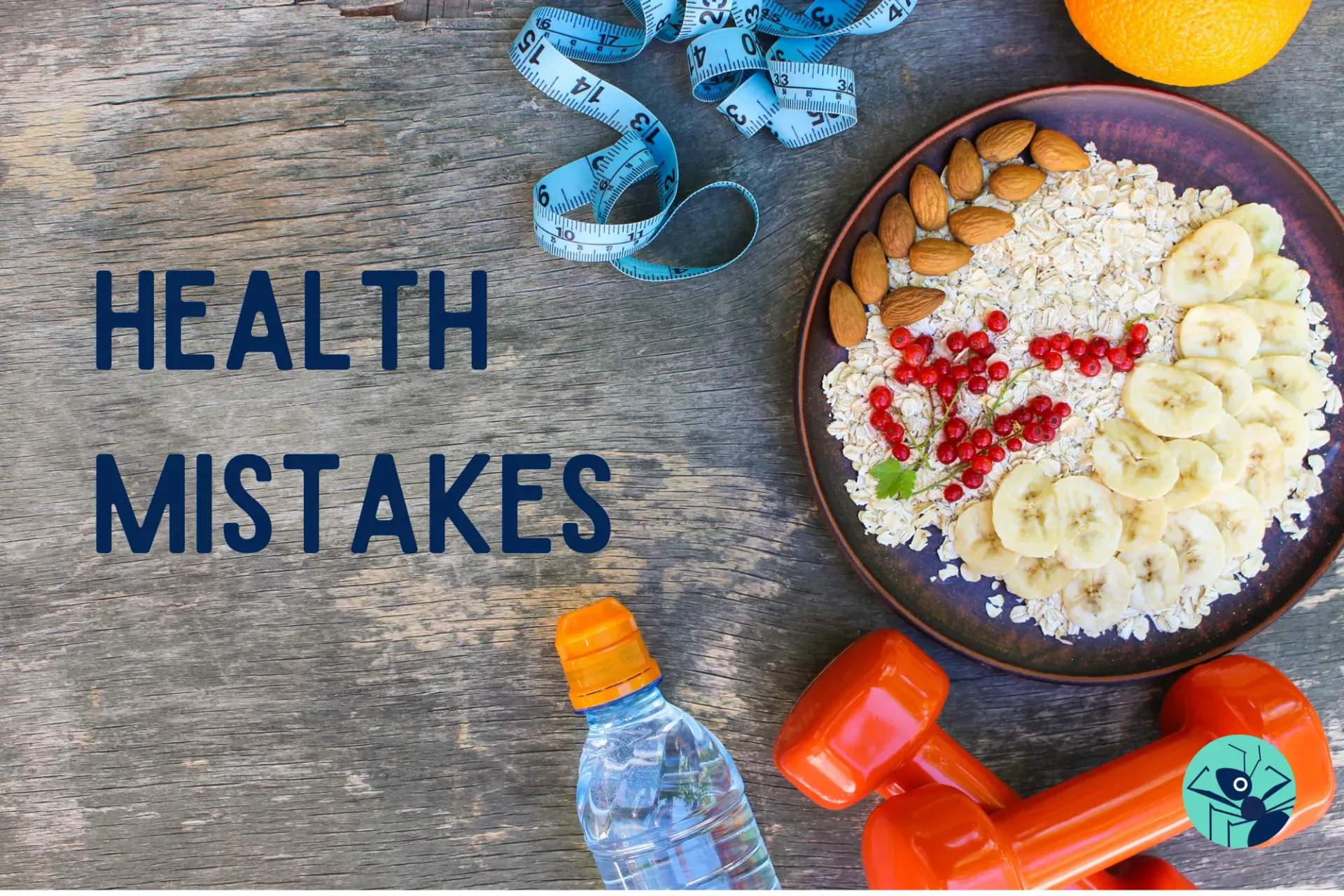
Don’t let these common mistakes derail your progress. Feeling like you’re on the right track, but not quite getting the results you expected from your training and nutrition? Tiny tweaks to common mistakes can get you back on track! Habit #1: Being dehydrated Too many of us reach for coffee, soft drink, energy drinks or juice instead of water during the day. While these drinks give you a nice boost, they’re also possibly contributing to weight gain and, in the case of sugary drinks, stimulating your appetite. Plus, when you’re dehydrated you can feel tired, dizzy, unable to concentrate and even have headaches. Do yourself a favour and aim for two litres of water a day. Habit #2: Drinking lots of alcohol While an evening glass of wine relaxes you, it’s a very easy habit to fall into… and a hard one to get out of! We are all familiar with the how a few bevvies suddenly make unhealthy food more appealing – plus, they add a lot of calories to your day with little to no nutrition for your body. Alcohol compromises your liver’s ability to process energy, meaning you don’t burn fuel as efficiently as you could sober (leading to weight gain!). Try to have at least 3 or 4 alcohol free days in your week, and stick to less than 3 drinks per sitting. Habit #3: Skimping on sleep So you’re binging the latest must-watch series on Netflix… next thing you know, it’s 2am and you’re supposed to be up at 6am. Oops! We’ve all been there, but this habit may be behind those irresistible cravings the next day. Be deliberate and set yourself a bedtime to make sure you get at least 7 hours of sleep. Unable to fall asleep? Try reducing your overall caffeine intake, avoiding sugary treats too close to bedtime, and turning off electronics an hour before sleep. Habit #4: Not eating enough vegetables We’ve all heard it before – aim for five serves of vegetables and two serves of fruit every day. But the reality is, less than 10% of Aussie adults meet this benchmark, and it’s sabotaging our health. Forget diets and eating as little as possible – focus on more fresh produce! Some easy ways to incorporate more veggies into your day include adding greens to smoothies, blending roasted carrots, pumpkin or beetroot into dips, and adding pickled veg to sandwiches or salads. Habit #5: Sitting for too long Even if you’ve already smashed a workout, it’s important to keep regularly moving throughout the day. When you sit for prolonged periods, you’re at increased risk for back pain, tight hips, weak glutes and hamstrings, not to mention weight gain and heart disease. Break up your day with movement “snacks” – try setting an alarm on your phone or watch to remind you to get up every hour for a little walk and stretch.
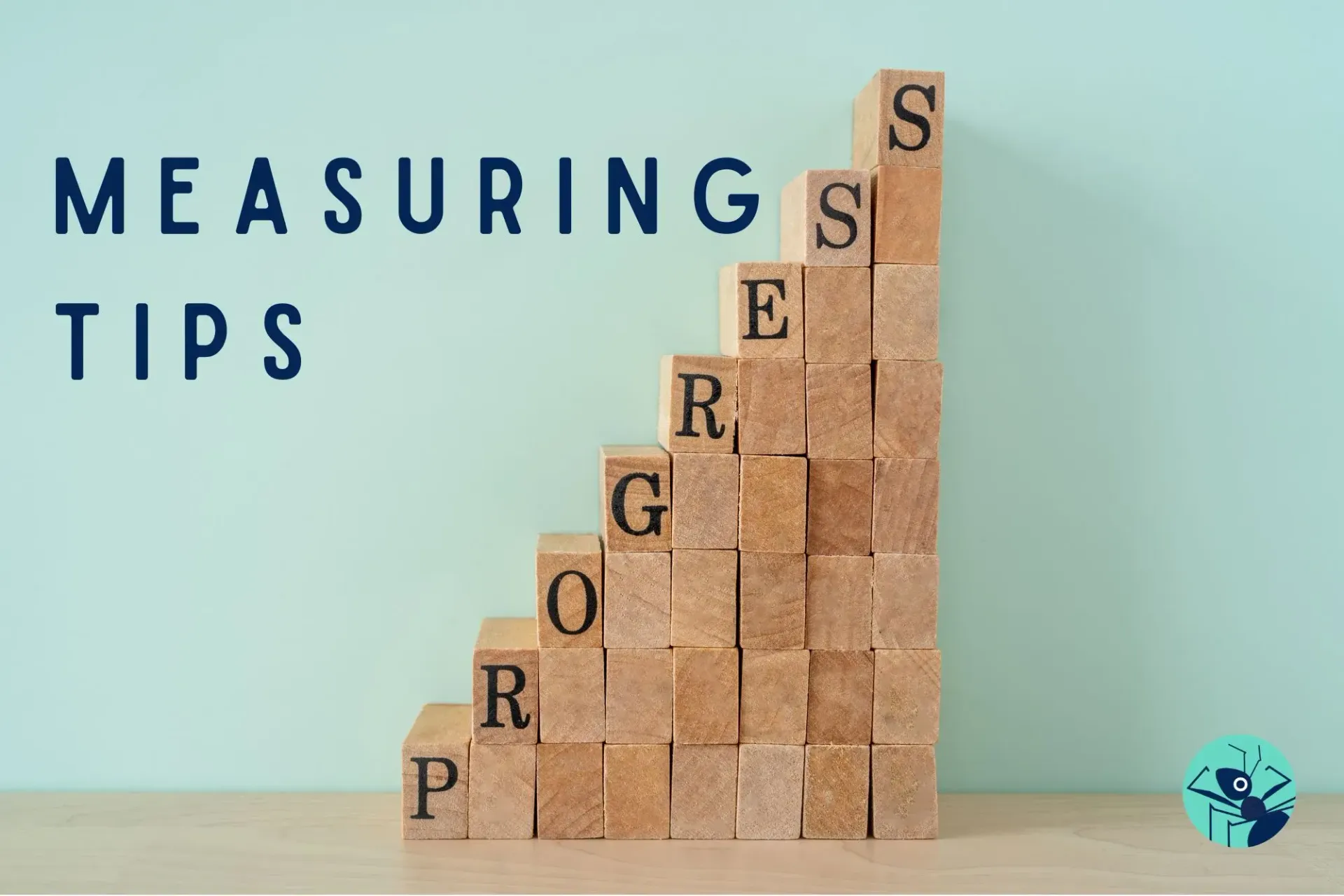
That aren’t your weight! You’ve been hitting your step count everyday, eating your veggies, drinking your water and smashing your ANT sessions… and the scale just isn’t budging. What gives? Truth be told, weight has never been a great measurement for fitness and strength improvements. It’s time to forget those numbers on your bathroom scale – there are so many other ways to measure those hard-earned gains! Body composition changes Even if the scale isn’t showing any change (or even going up!) there could be changes in your body fat percentage and muscle mass. These two measurements give a much better picture of results from training and nutrition than just looking at weight alone. Our InBody scanner can tell you where you currently stand and track your progress over time (ask our coaches if you haven’t already hopped on the scanner!). Consistency is the best way to see results here – with both your training and nutrition! The way your clothes fit The changes in body composition often mean your body now carries fat and muscle in a different way – meaning your shape may have changed in more ways than one. Measurements like waist and hip circumferences are one way to track this, but another way is with your clothes. As you get fitter and stronger, you may notice your clothes feeling looser, or simply just feeling better on! Better mental health Many of us don’t go to the gym just for physical benefits, but rather to enjoy exercise as stress relief. Progress in the gym can be measured by how much better you feel mentally for having gotten your workout in! Many of our ANTers say the main reason they train is to clear their minds and be in a better mood for their family, friends and colleagues. Especially for those with a hectic work and/or family life, time in the gym is about having time out and blowing off some steam before heading back into the chaos. Increased energy and confidence Another sign of progress is feeling more confident in yourself. Often, improvements in strength and fitness in the gym translate to feeling awesome outside the gym – how good is that? Along with this newfound confidence, you may find you have more energy throughout the day to tackle work and family commitments. Improved strength and form As coaches it’s incredible to watch everyone progress with their technique and challenge themselves with heavier weights. This is a great way to measure progress if your focus is on improving your skills and learning how to move well. During your next session, think about when you first started training and how foreign some of the exercises felt, and how heavy the weights felt – and compare that to how you feel now!

While improving our fitness and health is a personal journey, there’s strong evidence that shows training with a friend or in a group improves your chances of success. From making workouts fun to providing encouragement, this is how having a workout buddy may be one of the best things you can do for your fitness. IT WILL HELP YOU FEEL COMFORTABLE Especially if you’re new to the gym or returning after a long time away, it’s much less daunting to attend classes with a friend. With a mate by your side, you won’t feel like the odd one out – plus you can cheer each other on during the class, and then complain about the soreness afterwards too! THEY’LL KEEP YOU ACCOUNTABLE When that alarm goes off early in the morning, or you’re just not feeling it after work… you’re much less likely to bail on your class if you know you have a friend there waiting for you. Book the same classes together at the start of the week and promise to stick to it to get the full affects of having an accountability buddy. YOU’LL PUSH HARDER If your mate is a bit competitive, or they’re a bit faster or fitter than you are, chances are you’ll feed off their energy and push yourself just that little bit harder. This is great news for anyone who feels that they struggle to reach the right intensity with their training. IT’S MORE FUN! It goes without saying that training with a friend or in a group is just way more fun than slogging it out alone! The time seems to go faster, plus you can chat through the cool-down stretch (and even head out for a coffee and/or brunch afterwards). TIPS FOR CHOOSING A FITNESS PAL GOT A BUDDY YOU WANT TO TRAIN WITH? BRING THEM WITH YOU TO TRY OUT ALTONA NORTH TRAINING – “ANT”.
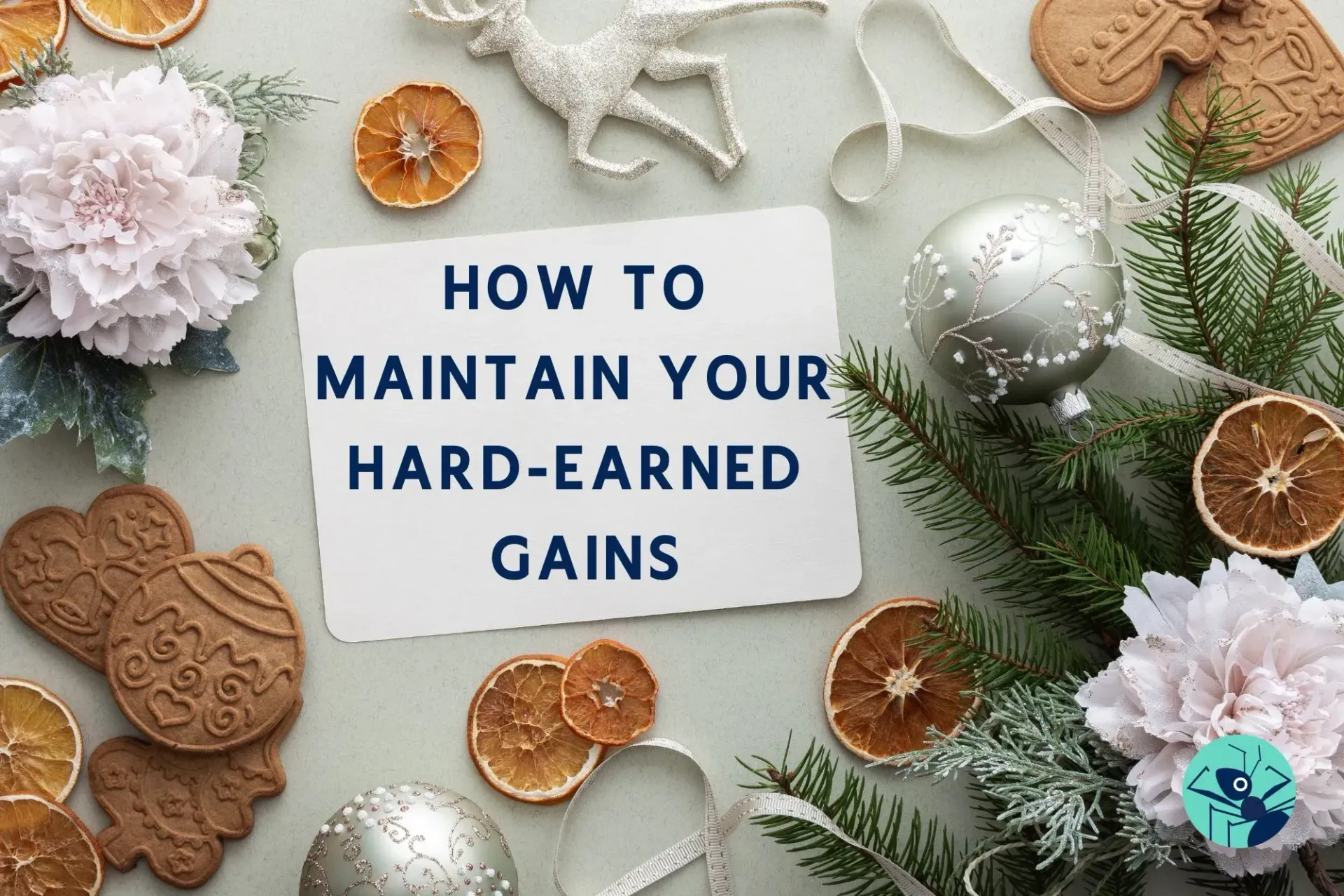
Of course, there’s going to be lots of social events over the next few weeks. That doesn’t mean the fitness and strength you’ve worked so hard for are done for! Small adjustments over the next few weeks can make all the difference – and we promise that you still get to enjoy the delicious holiday food and drinks! BALANCE IT OUT Before you head to a family lunch or your work Christmas drinks, have a little something to eat! Avoiding food earlier in the day because you’re worried about all the food you’re going to eat later is setting yourself up for a binge – because you’ll be starved when you arrive and eat everything in sight! If you eat something with a balance of protein, carbs and fat (and some veggies and/or fruit of course) then you won’t be super hungry and you’ll be much more likely to pick and choose only the foods you really like out of the party’s offerings. DO SOMETHING, ANYTHING! Any movement is better than no movement! Research has shown that those who completely stop exercising over the Christmas break are much more likely to gain weight and lose muscle than those who maintained some level of physical activity (even if both groups ate whatever they wanted!). Squeeze in what you can around all the holiday activities – if you can, 1 or 2 “ANT” sessions a week, or if you’re really stretched for time, a 20 min walk, a 10 min run or cycle or even 5 min stretch in your living room all still count! CONSIDER YOUR ALCOHOL INTAKE There’s a big difference between 10 drinks and 5 drinks in terms of the affect on your body… but not a lot of difference when it comes to enjoying yourself. Would you really feel left out if you didn’t drink the same amount as everyone else? Consider your individual needs and wants and stand firm when that pesky cousin comes around with a wine bottle refilling everyone’s glass. And try not to mix your drinks (didn’t we all learn this the hard way in our teenage years?). THINK BEFORE YOU EAT Have you ever come back from a social event thinking… why did I eat all that food? I wasn’t even enjoying it… I don’t even remember how much I ate, or what some of it was? We often drink and eat at social events on autopilot, grabbing everything and anything without thinking,”do I actually want this?”. You don’t have to take everything that is offered – eat only what you would like to eat! TAKE A MOMENT TO YOURSELF December and January can be a really stressful and busy time of year. Don’t be afraid to decline an invitation or two if you need a moment to yourself to de-stress! If that’s not an option, even just stopping for a minute to take a few deep breaths can make a difference!
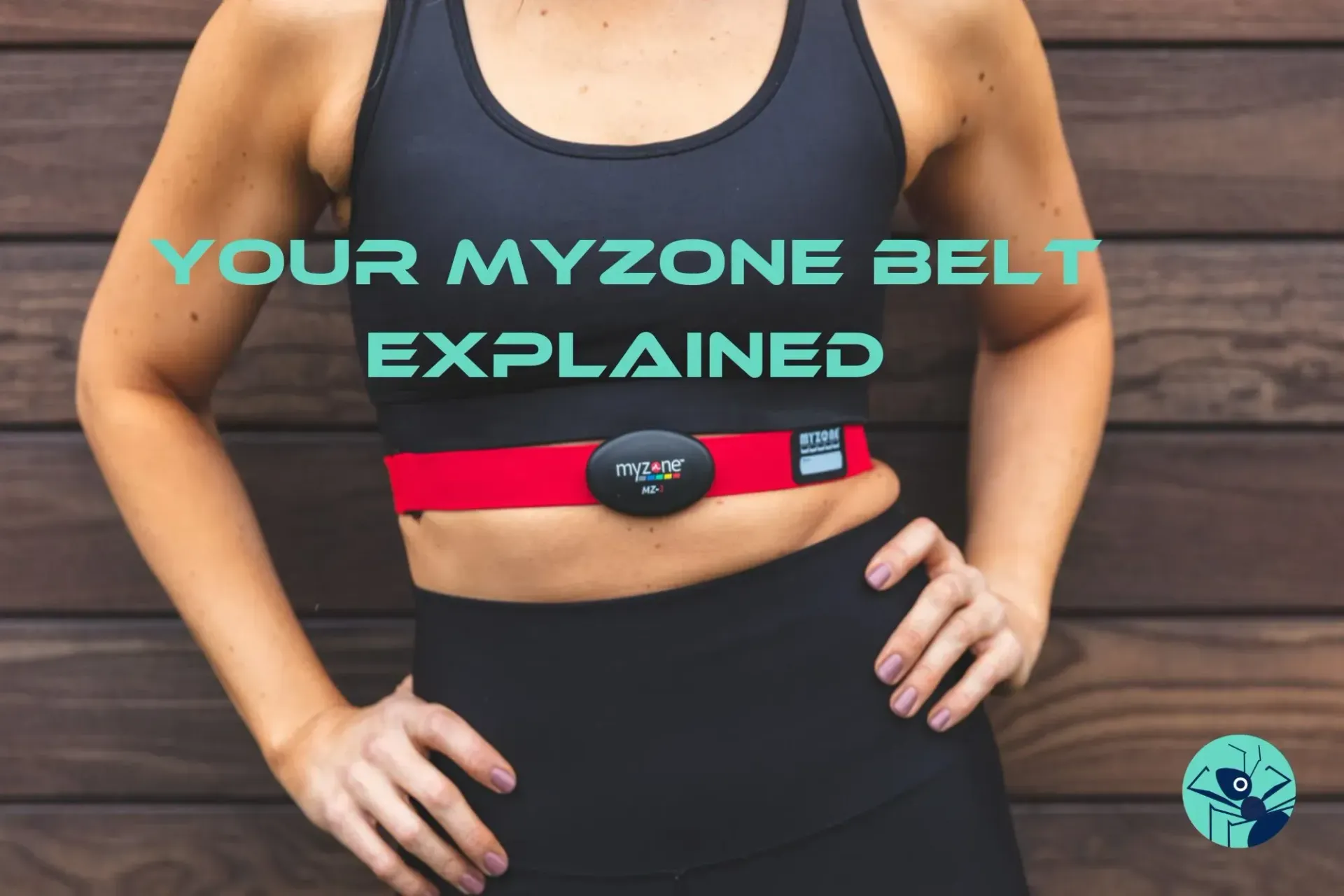
About half of our ANT’ers are already using a MyZone heart rate belt during their workouts. How great are they?! They’re motivating and help you push harder in your workouts. If you’re curious about how MyZone works, or need a refresher on using yours, read on! WHY USE A MYZONE BELT? A MyZone belt gives you real-time feedback on your workout – not only motivating you during but giving you a sense of accomplishment afterwards. It also provides more connection with your fellow ANTers on the MyZone app – scroll through everyone’s workouts, and like and comment to provide encouragement(and receive encouragement too!). You can use your MyZone for various tracking purposes too – like balancing your weekly training load between high intensity and lower intensity workouts, or tracking energy output so you can balance it with your food intake. HOW TO WEAR IT? Your MyZone consists of a small black device and a red strap. You wear the strap around your chest (or with the MyZone Switch you can put it around your wrist) and then attach the device (make sure it’s not upside down!). The strap must have contact with your skin, and make sure the strap is tight against you so it doesn’t slip during exercise. For women, a good guide is to pop the strap under the bottom of your sports bra. The device should beep once when it connects, and three times when it disconnects. Take the device off the strap after each use (leaving it connected can drain the battery). HOW DO I CLEAN IT? Simply pop your belt into a sink filled with lightly soaped lukewarm water for 20 minutes, then rinse and let it drip-dry. The device itself cannot be submerged in water but can be wiped down with a damp cloth. WHERE DO I GET ONE? Talk to your coach to arrange a MyZone belt! IT’S NOT CONNECTING – WHAT CAN I TRY? There’s a few things you can try if your MyZone isn’t turning on or isn’t connecting to your app: try putting a little dab of water on the electrodes underneath the strap (they’re smooth and black) try charging your device uninstall and reinstall the MyZone app on your phone contact the MyZone support team via the app
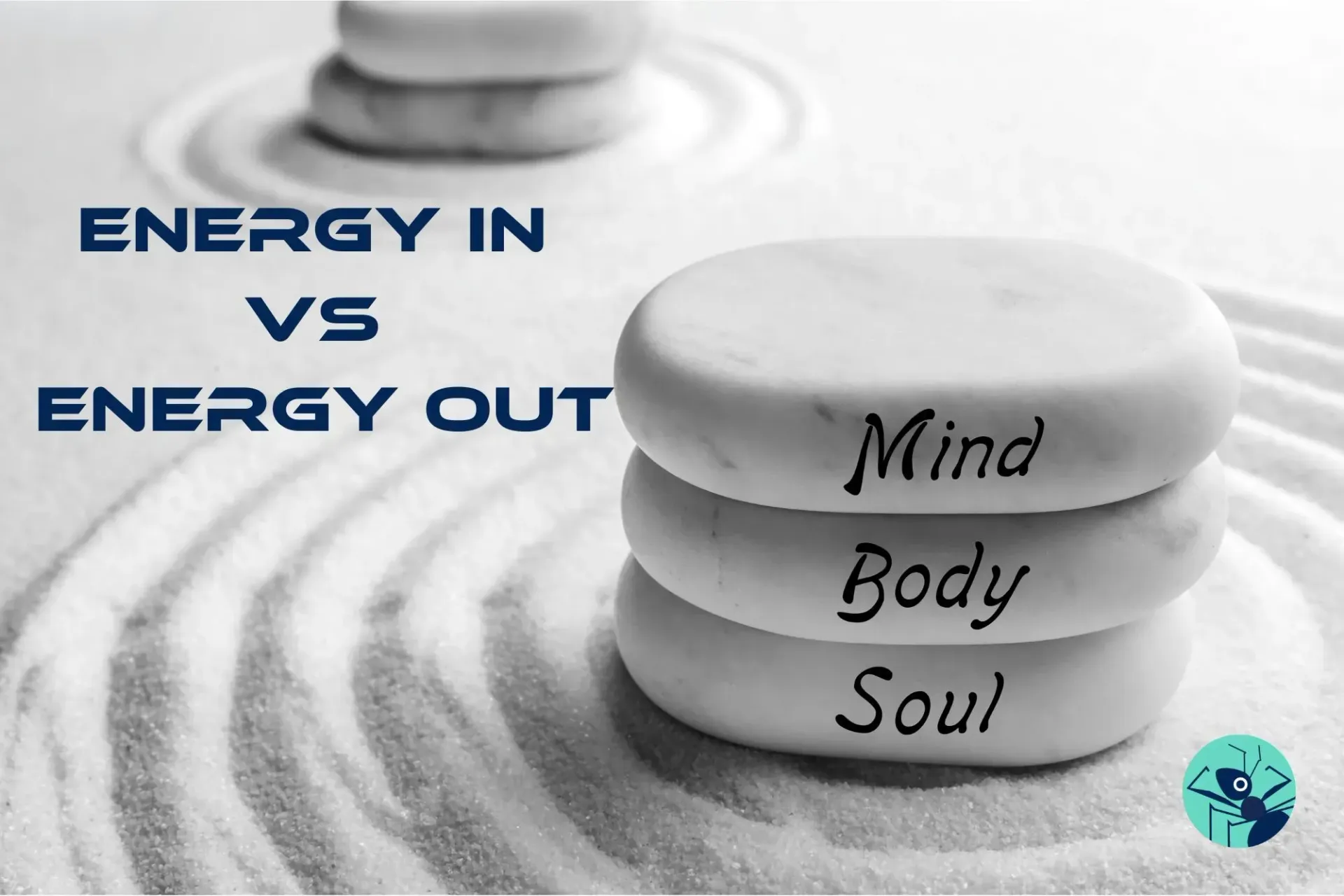
We all understand the basic principle of energy balance in the body – take in more than you burn and you’ll gain weight, or take in less than you burn and you’ll lose weight. Sounds simple… right? Although the concept is quite simple in itself, there are quite a few things going on in our bodies that determine what our energy in vs energy out actually looks like. Let us explain! ENERGY IN Energy in is (you guessed it) what you eat and drink. Our bodies need energy to perform all bodily functions that are keeping us alive, as well as any extra physical activity we undertake. It can be difficult to estimate how much energy someone needs on a day to day basis, as everyone has different energy needs. In food we measure energy in the form of calories or kilojoules. Many of us attempt to count these to get a handle on our intake and lose weight. The problem is, calorie counts are notoriously inaccurate and also, we aren’t very good at keeping up this kind of intense tracking long term (who wants to weigh their food for the rest of their life?). There is also some debate about whether the type of calorie matters – say, are the calories in an ice cream different to those in a veggie stir fry? Research shows that generally speaking, we absorb a little less energy from whole, unprocessed foods than we do from super processed foods. Wholefoods are also more filling than processed foods, which tend to be highly palatable and very easy to over eat. This is why we recommend centering your diet around whole, unprocessed foods and keeping treats to a minimum. ENERGY OUT Your daily energy expenditure is made up of four main categories: BMR – this is your basal metabolic rate. This is the bare minimum number of calories your body needs to keep your vital organs functioning. This accounts for 60-70% of your daily energy output! NEAT This stands for non-exercise activity thermogenesis and is basically all movement in your day that is not purposeful exercise. It includes things like moving around your home, fidgeting, preparing meals etc. This will use around 20% of your daily energy battery. Exercise – this is purposeful exercise of any kind, including going to the gym, walking or running, riding a bike or playing sports. In very active people (like athletes), this can account for up to 30% of your daily energy expenditure. In most people, it’s more like 10% Thermal affect of food – this is the heat your body produces while trying to digest and transport nutrients from your food around the body. Interestingly, active people tend to have produce higher amounts of heat compared to non-active people. This process only represents about 10% of your daily energy requirements.
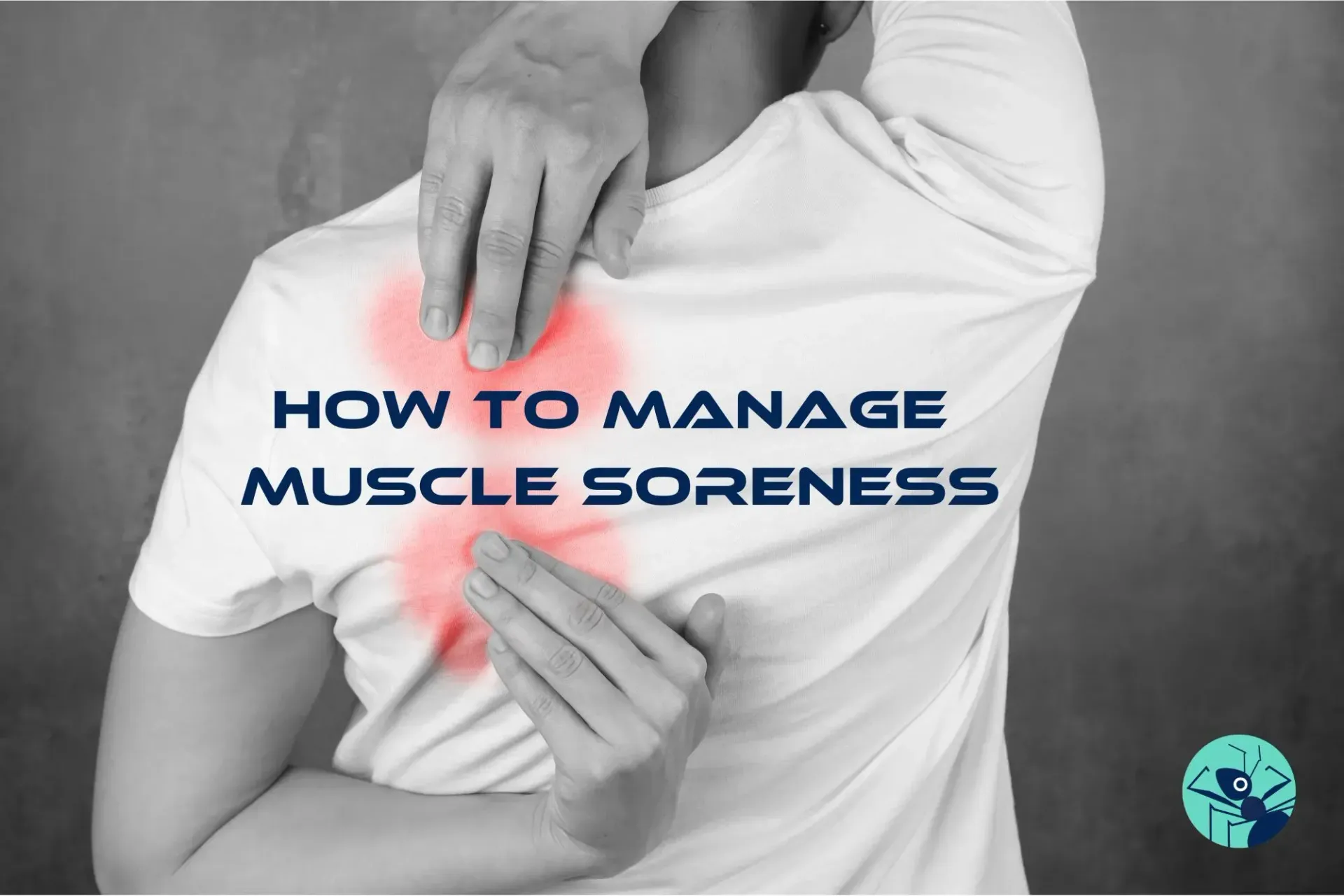
Ever been so sore you can’t sit down without pain, or lift your arms above your head? Yep, us too. Being sore is part of the fitness package and we are all familiar with it – but what’s actually going on when our muscles are sore? And is it good? Are there ways to soothe the pain and make it go away quicker? Let’s explore… Why do we feel sore after a workout? When we push our muscles to perform outside their comfort zone, we cause damage to our muscle fibers. While that sounds bad, it’s actually good! Our muscles then become sore when inflammation pops up trying to repair the damage, making them stronger in the process. While a bit of soreness can be good, every workout you do does not need to cause soreness to be effective. When is soreness good, and when it is bad? While some soreness after a workout is just a sign of having pushed yourself with a new exercise or heavier weights, it should only last a day or two and shouldn’t impact on your day-to-day activities. Making ourselves sore after every workout shouldn’t be a primary aim of training, and being so sore we can barely walk for a week is not ideal. We want our muscles to be able to recover and repair quickly after small amounts of damage so we grow stronger, not damage the muscle so much we can’t make progress. How can we help our body recover from soreness? Muscle soreness sticking around longer than you’d like? Try some of these tips to aid your recovery: Get more sleep – sleep is when our body repairs itself. Getting plenty of non-REM sleep in particular increases protein synthesis, which is needed to repair damaged muscle fibres Eat more protein and carbohydrates – these two macros are vital to repairing muscles. Protein contains amino acids needed to rebuild muscle tissue, while carbohydrates replenish the energy used up by your muscles during the workout Skip the booze – nothing hampers your recovery more than downing a bottle of wine. A better option? Water! It helps deliver vital nutrients to your damaged muscles and flush out toxins Foam roll or get a massage – it may hurt, but a remedial massage around the sore spot or foam rolling after your workout can help release tension in the muscle and connective tissue. It also increases circulation, improving recovery time Head out for a walk or swim – gentle exercise can help move fluids around your body, aiding recovery. A light bodyweight workout or a slow cycle could also help Take a cold or hot bath – cold water immersion causes constriction of the blood vessels and reduces tissue breakdown. When you become warm again, the flow of blood moves fluid around and relaxes muscles. If you can’t stomach the cold water, a warm bath with Epsom salts is another great option to soothe sore muscles
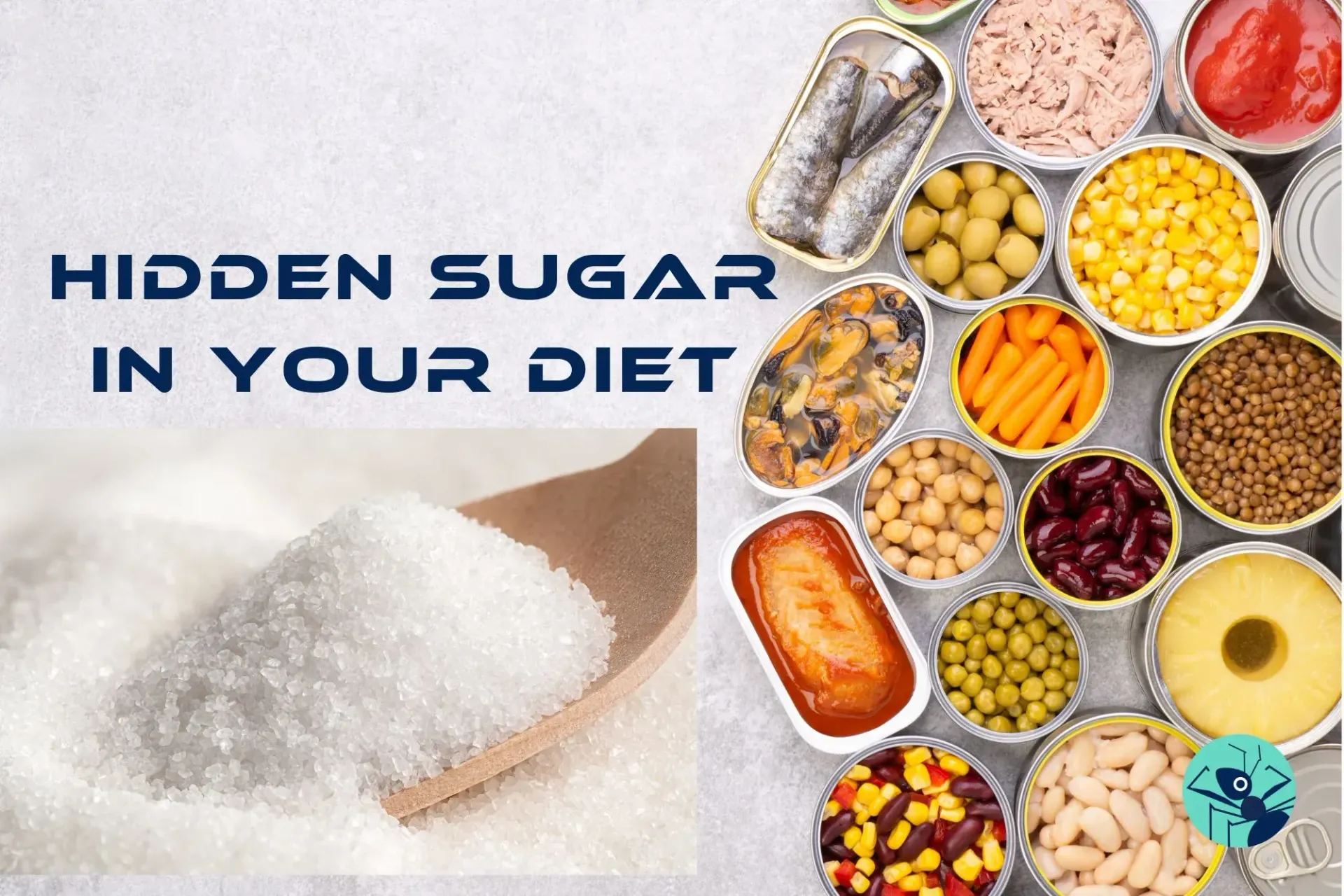
We all know that sugar isn’t supposed to form a huge part of our everyday diet – however, even if you are trying to cut your intake of the sweet stuff, it can still very easily sneak into your diet in ways you don’t expect. Current health recommendations from the World Health Organization suggest we consume no more than 25 g/ 6 teaspoons of added sugar each day for optimum health. Reckon you’re nailing it already? The average intake is actually around 60g /14 teaspoons! Hidden sugars not only add nutrient-poor calories to your daily intake, but they also make you crave more of the sweet stuff overall, derailing the best of healthy eating intentions. Plus, excess sugar intake can muck with your sleep, send your energy levels up and down like a yo-yo and puts you at risk for a number of health conditions like diabetes. We all know the most obvious sugar-laden foods – things like cakes, lollies, soft drinks, chocolate and energy drinks. But there are a number of other foods you may find sugar hiding in. Some examples include: Store-bought pasta and stir fry sauces Flavoured yoghurts Fruit juices and smoothies Muesli, cereal and snack bars Packaged soups, tinned baked beans and spaghetti Iced teas, flavoured milks Mayonnaise, tomato and BBQ sauce How to reduce your hidden sugar intake? Want to take charge of your health and weasel out sneaky sources of sugar? Here’s a few ways you can get started: Read labels – knowing what goes into your food is key to lowering sugar intake. Get familiar with the food labels of your favourite products. Look for short ingredient lists consisting of mainly wholefoods and low amounts of sugar per 100g. Cook at home – another way to lower sugar intake is to cook/prepare food at home more. This means you have control over what goes into your food and therefore will know how much sugar is in your meal. Choose wholefoods – wholefoods contain no added sugars and provide a whole host of health benefits. The more wholefoods you eat, the less you’ll crave the sweet, processed stuff.
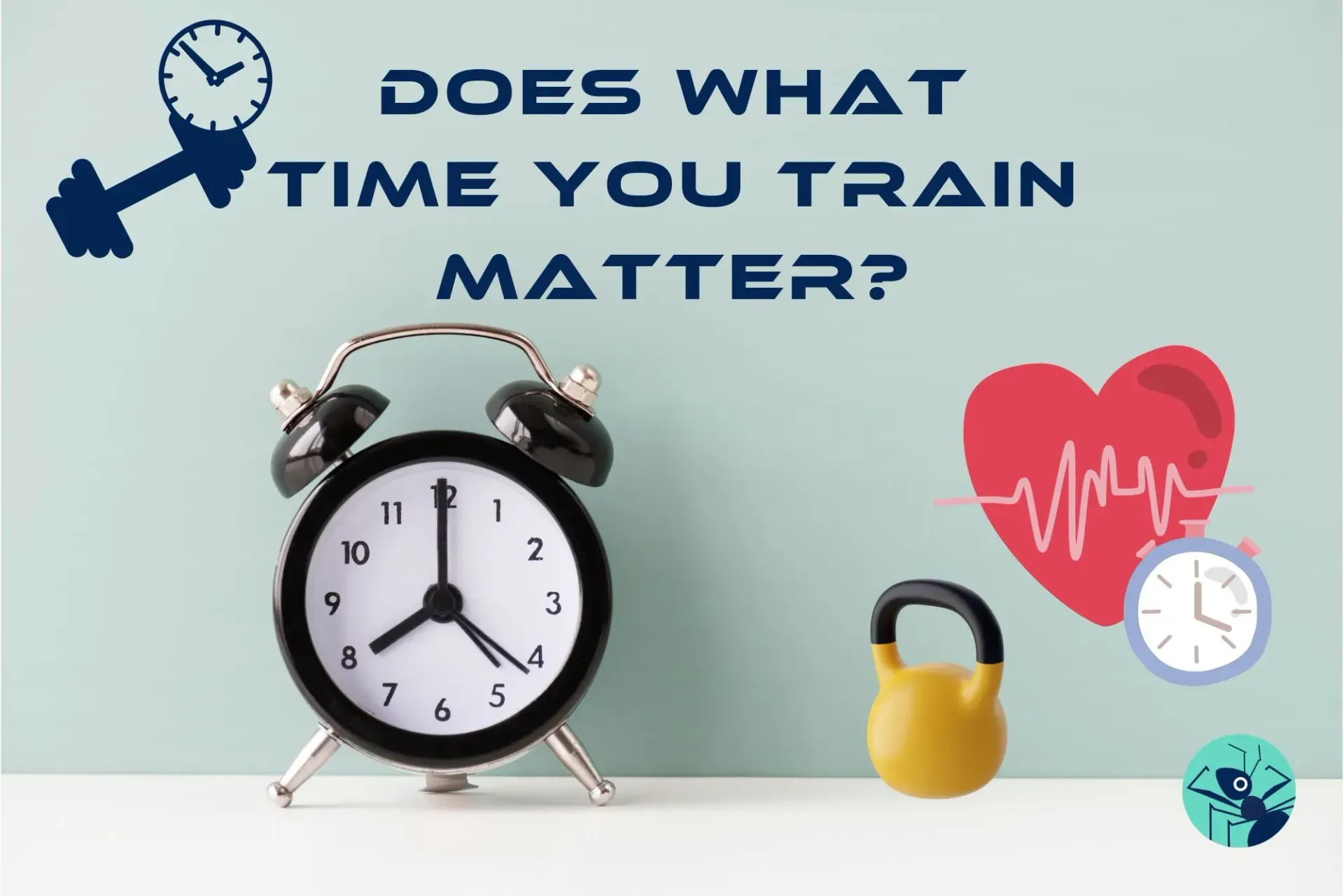
It’s an age-old debate… should we exercise in the morning or evening? And does it really make a difference to your results? Research has shown some small differences between morning and evening exercise in terms of performance and the effect exercise has on the body – but are these big enough that we need to overhaul our workout routines? Read on to find out… Benefits of the morning sweat session Whether you bound out of bed excited for your morning workout, or you hit the snooze button several times before dragging yourself to the gym, the affect is the same – you’ve already done your workout before most people are even awake! If you’re currently a morning exerciser, you may be familiar with the huge range of reasons why a morning workout is the best. These include: Better energy and productivity throughout the day Feeling better while training (because you have an empty stomach) It can be easier to stick to consistently long term (which is key to results!) Frees up your evenings for other things Plus research shows morning exercise has a positive effect on metabolism and can aid with weight control And benefits of the evening workout In the other corner, we have our evening exercisers – those who have soldiered through their days juggling all their responsibilities, and still squeeze in time for their workout. Those of you who are regulars at our evening sessions know how hard it can be to show up sometimes after a long day, but it’s always worth it for how good you feel afterwards. Some other great things about evening exercise include: It helps you walk away from and wind down from work Can help you sleep better Your body is fuelled from eating during the day and ready to perform No early morning alarms! Plus research shows some improved performance in the evening – ideal for weightlifting and intense cardio The verdict Don’t get too caught up in whether morning or evening exercise is “better” – the workout you are actually going to do is far superior to one you intended to do! Work with your natural energy highs and lows to determine which might suit you better – those with higher energy levels in the morning would obviously do better in the morning training sessions, whereas night owls may find the evening sessions better suited. Just get it done!
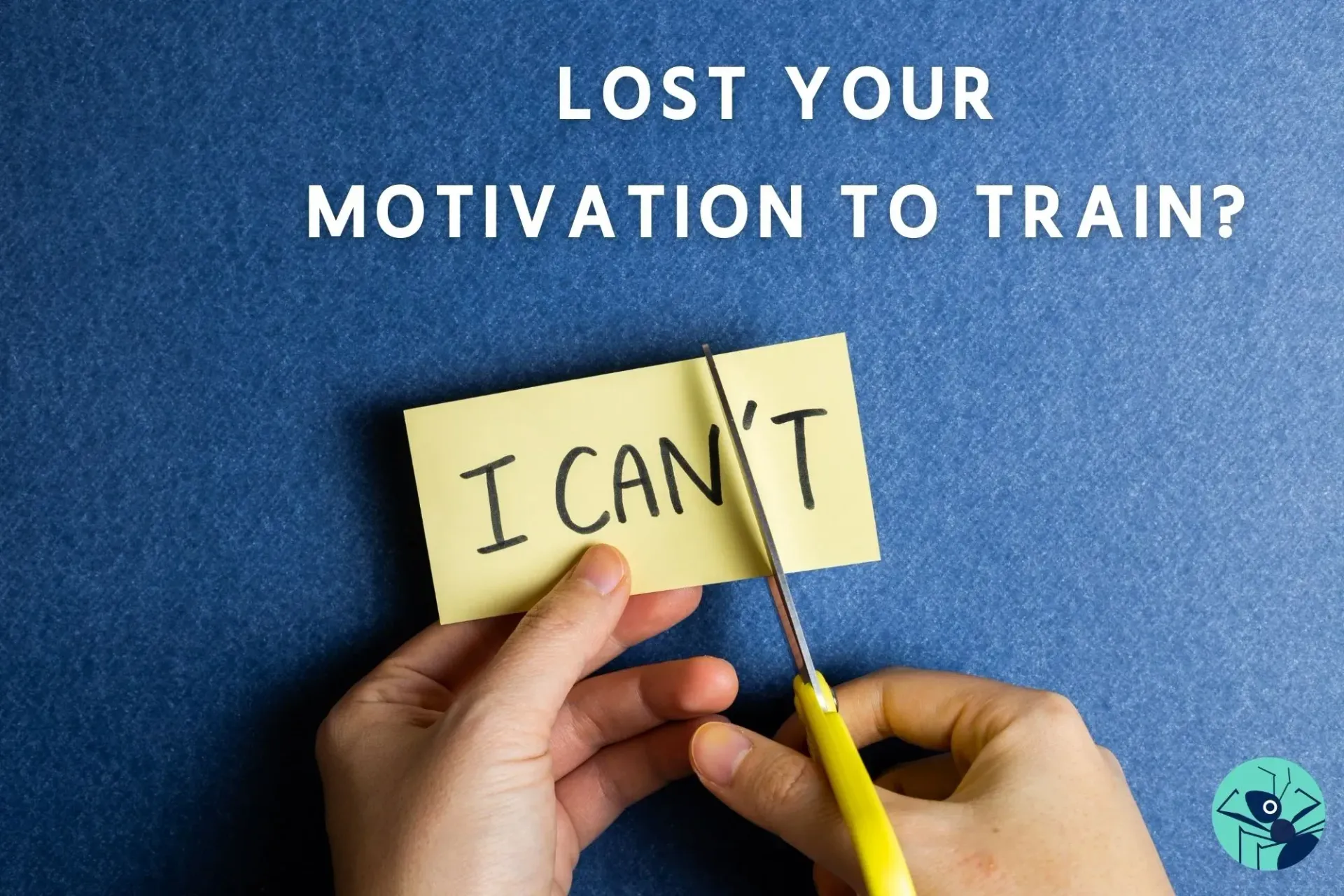
You want to keep to your training schedule. You have the best intentions at the start of every week – but somehow that long term consistency is eluding you. How do we kick start our motivation, and when it starts to fade, hold onto it? Here’s some proven tips and tricks for you to try… Reward yourself If you want to step up your motivation to train consistently, consider dangling a very big carrot in front of yourself – a beautiful handbag, a fancy dinner out, a spa treatment, a nice watch… pick something you’ve wanted for a while. Then set a training schedule (2-4 sessions a week) and at the end of each week if you’ve completed the sessions, put aside some cash for your reward. You can scale this kind of reward up or down – try putting 1 or 2 dollars in a jar after each session and using it to buy yourself lunch after a few weeks, or go all out and book a holiday and use that date as motivation for achieving your fitness goals. Join forces with a friend You’ve heard it time and time again – because it’s true! If you team up with a partner, friend or colleague to hit the gym, you are much more likely to stick to it. You can keep each other accountable, remind each other of why you’re there, and complain about your sore muscles together over a coffee. To make this even more effective, check in with your workout buddy at least once a week to see how they’re doing – lift them up when they’re not feeling it and they’ll do that for you too. Commit to a challenge Committing to a set period of training with specific goals to achieve can help kick start your efforts and get you in the routine of working out regularly. This is a great idea for those who want to keep themselves on track but don’t necessarily have a set idea of exactly what they’d like to focus on with their fitness. Chat to one of our Big 5 coaches aboutour upcoming challenges if you’re keen to get motivated! Working through set tasks as part of a group gives you a sense of community and connection, and establishes an instant support network for any positive changes you’d like to make going forward. Plus, competing against others or as part of a team can make exercise feel more like a game or a social activity rather than something you “have to do”. Remember, to stick to training for the long term, you need to enjoy it! The more you enjoy something, the less it’s going to feel like a chore.

We exercise for all sorts of reasons. Some do it feel good in their bodies, some feel it improves their mental health or stress management abilities, and others take part in exercise to lose weight or improve their health. All of these reasons are great, but we’re about to add another fantastic reason to keep your body moving – it literally changes the molecules in the human body that influence how genes behave. Sounds crazy right? Let’s dig into the research… YES, YOUR TRAINING CAN ALTER YOUR GENETIC RISK OF DISEASE Have you ever heard the expression “your genetics load the gun, your lifestyle and environment pull the trigger”? It’s true! We are all born with genetics that influence our likelihood of developing certain diseases or chronic health conditions like heart disease, type 2 diabetes and stroke. It was once thought that this was unable to be changed – that you were just more likely to develop certain health issues and that was that. But research now shows that exercise and general activity levels can alter the way these genes express, reducing your likelihood of developing conditions that you are genetically predisposed to get at some point. A study of identical twins (who obviously share identical sets of DNA) confirmed this, with the activity levels of each twin shown to alter which diseases they got over their lifetime. The study suggests that markers of metabolic disease are strongly influenced by how a person interacts with their environment as opposed to just their inherited genetics. So that’s awesome news – all of us taking part in exercise regularly are less likely to develop serious disease! But what about how genetics play into the other results we get from exercise? DO MY GENETICS INFLUENCE HOW MY BODY RESPONDS TO TRAINING? You may have noticed that everyone responds differently to exercise – of course, some of that is down to type of exercise, consistency, intensity and how well our nutrition and recovery processes support our desired outcome. But largely our body’s response to exercise is down to our genetics. Some of us naturally develop muscle more easily or are naturally more lean – our genetics also determine where we store fat (that’s why you can’t “burn fat” off only your stomach or arms or hips). Genes can determine which type of exercise you’re better at (like strength or cardio). This doesn’t mean that it’s impossible to change your body shape or to improve your strength or fitness because of some genetic predisposition. It just means in some areas you may have to work a little harder than others! For best results, the basics remain the same for everyone (regardless of body type and genetics): taking part in regular strength and cardiovascular training for healthy muscle mass and strong heart keeping active day to day with 6,000-10,000 steps drinking 1.5-2.5 litres of water daily eating 2 serves of fruit and 5 serves of vegetables, along with wholegrains, lean protein, healthy fats like avocado, nuts and olive oil aiming for 7-9 hours of quality sleep a night

A sluggish metabolism often gets the blame for the kilos creeping on (or refusing to melt off). But is our metabolism really at fault here? Or is something else going on? Let’s break it down… What is metabolism? Metabolism refers to our body’s process of converting food and drink into energy. It runs 24/7 to keep our body’s vital processes going, even when we’re doing “nothing” (like sleeping or watching TV). Can you have a slow or fast metabolism? Yes! The speed of your metabolism will mostly be determined by genetics -we’ve all got a slim friend who seems to eat whatever they want without gaining any weight! Your current body composition also plays a large part, as those who have more muscle mass will burn more calories at rest than those with more fat. However, the difference between a slow and a fast metabolism isn’t as large as you may think, and cannot be blamed for weight gain. Is having a slow metabolism making it harder for me to lose weight? It’s probably not making the process any easier, but it’s not the main thing holding you back. It’s more likely there is a combination of factors at play, like not enough physical activity, poor nutrition, excessive alcohol or soft drink intake, lack of sleep, un-managed stress levels, medication side affects or an underlying health condition. If you’re struggling to shift weight, speak to your doctor about testing for conditions like PCOS, hypothyroidism or insulin resistance. Can I make my metabolism faster? To a small degree, yes. Work on increasing muscle mass with regular strength training so you burn more calories at rest, or include high intensity exercise (which has been shown to boost your metabolism for up to 24 hours). You can also increase your overall daily energy expenditure with activity like housework, cycling to work, playing with the kids, or taking the dog for a walk. What about metabolism-boosting foods? Sadly, there are no foods that will directly make your metabolism faster. However, there are foods that cost more energy to digest like fibre and protein – plus, fibre keeps your gut bacteria happy while protein increases feelings of satiety and assists with muscle repair and growth. There have also been some studies around green tea that have shown small increases in metabolism – around 100 calories a day after drinking three cups of green tea. Overall, metabolism is just one thing to consider when it comes to weight loss – focusing on building healthy habits for life will get you much further than trying to hack your metabolism!
